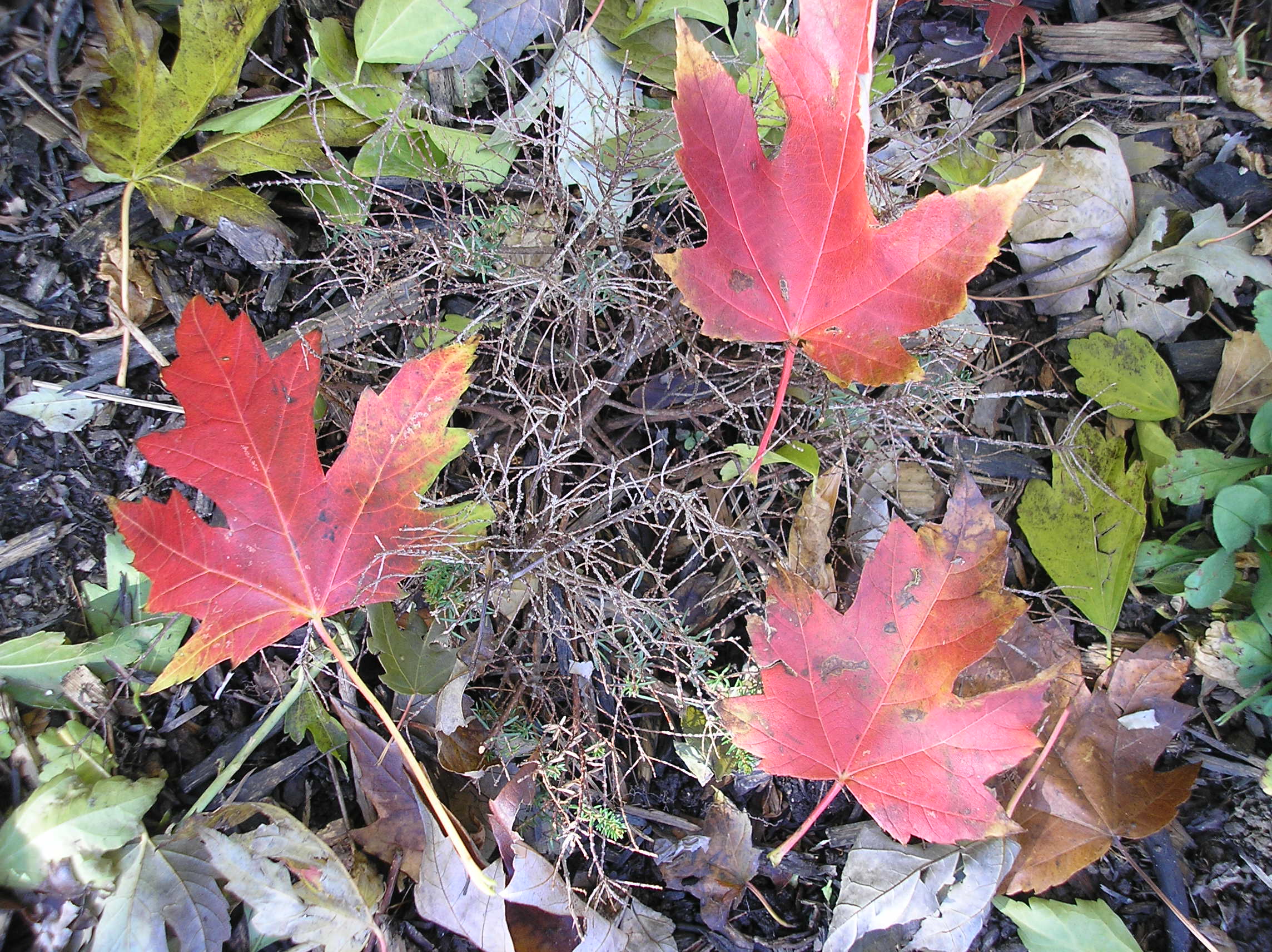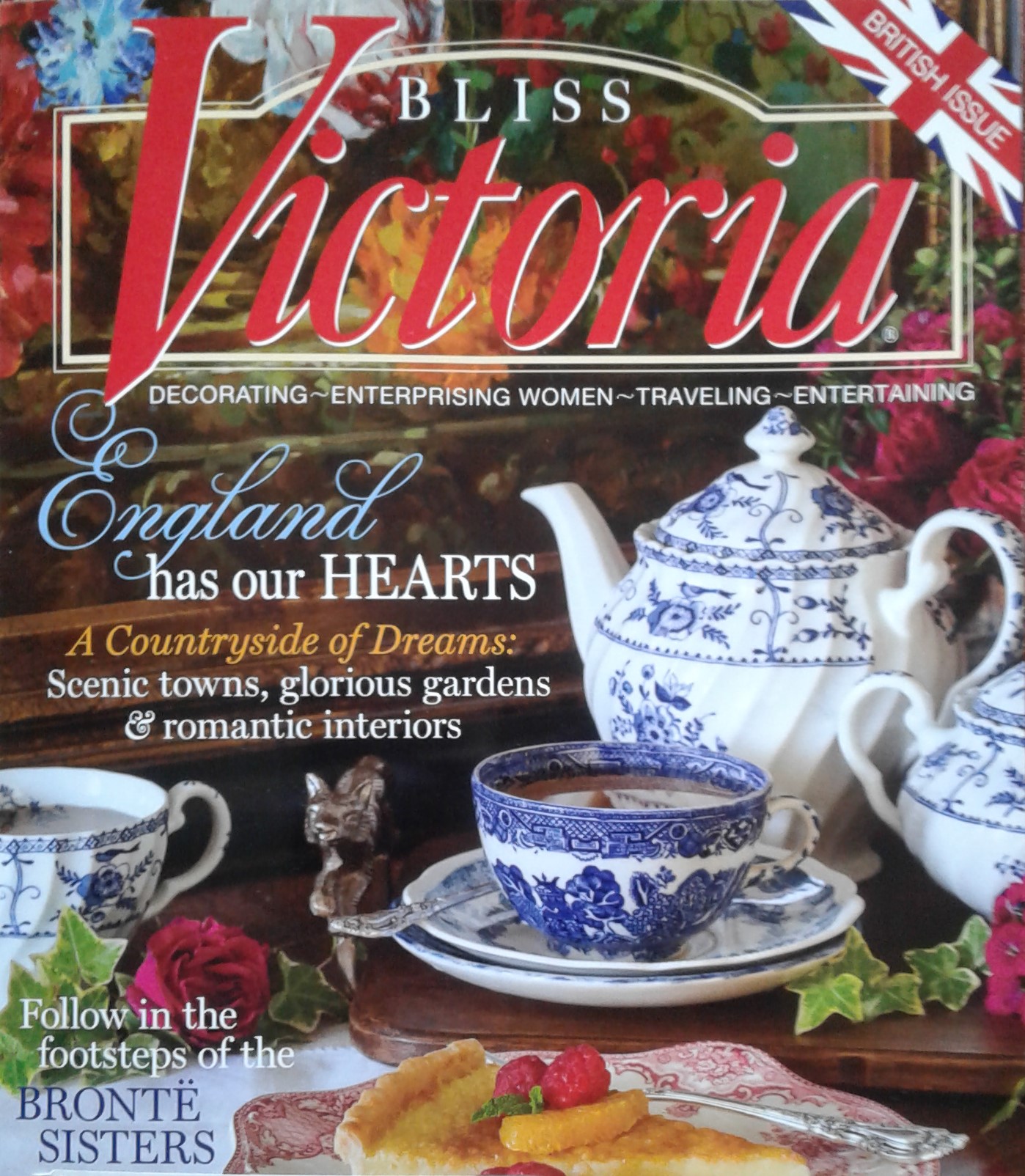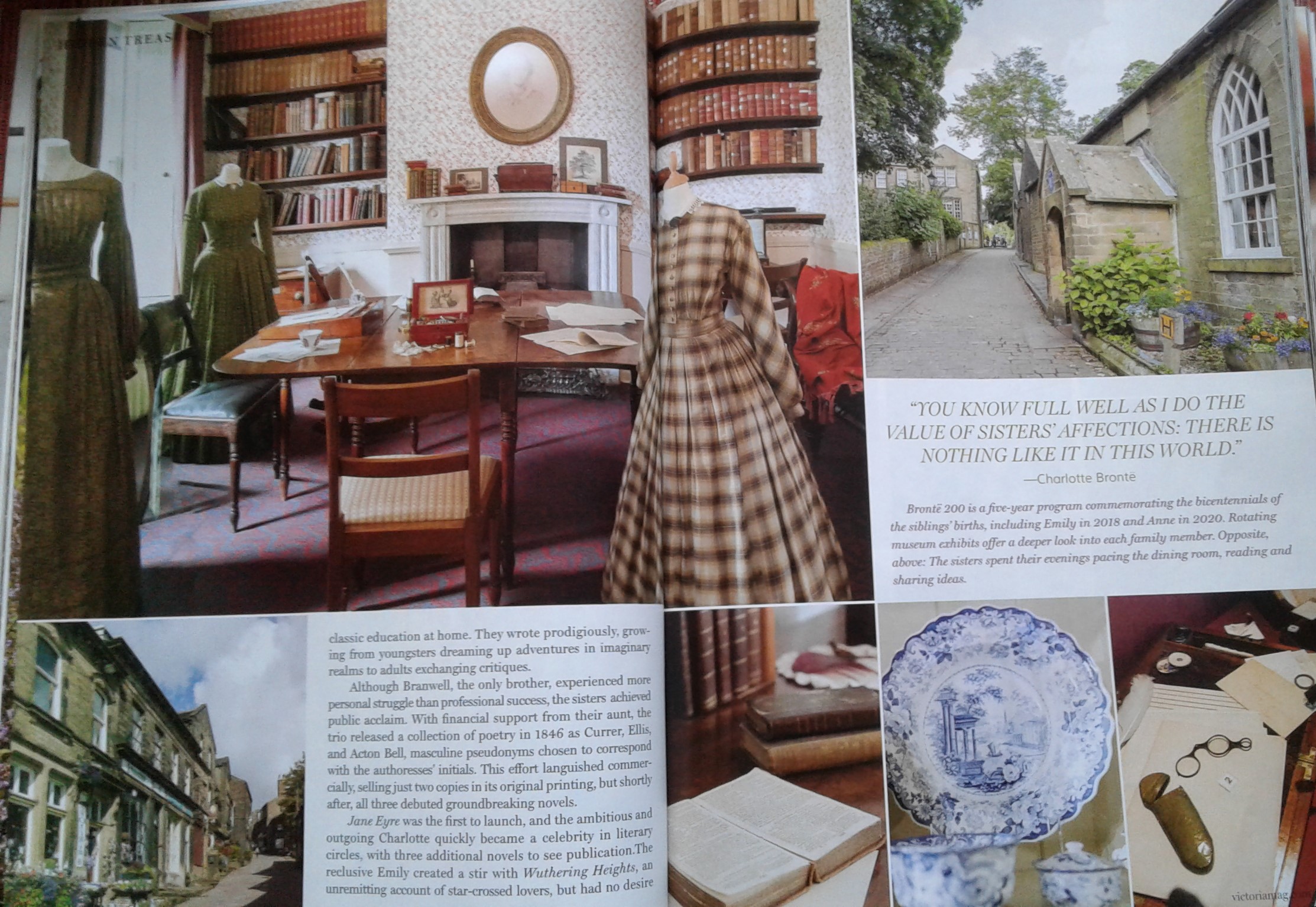
The Secret Garden (goodreads link) is a children’s book by Frances Hodgson Burnett about an orphaned girl who discovers a locked abandoned garden on her uncle’s British estate. First published in 1911, it has been made into a movie numerous times, most recently in 2020 with Colin Firth in a cameo role as the uncle. As I enjoyed re-reading Anne of Green Gables so much I’m adding this one to my To Read list, and the movie also, as I’ve heard the cinematography is stunning, especially as there won’t be any garden tours again this summer.
After five months in lock-down we are slowly and cautiously reopening, with ten people allowed for an outdoor gathering in stage one, and the rest of the stages contingent on receiving second doses earlier than our scheduled 16 weeks apart. Although they are trying to speed things up, only 17% of the population have received two doses so far, and with the shot being only 30% effective against the Delta variant after one dose, I think my garden will be remaining secret for awhile longer. It’s a shame not to be able to share all the loveliness, so please join me for a tour of what’s new and what grew.
The weather has been weird and wacky all spring, an unseasonable hot spell the first of April, followed by a cold month, then hot and humid again in May, then cold with frost warnings at night, then hot and humid again and despite thunderclouds no rain for two weeks….and all this by mid-June! Most things in the garden bloomed earlier than usual and have already come and gone, (see Wordless Wednesday Peonies) or are past their peak. The roses (see Wordless Wednesday Roses blog) have become blowzy and even with succession planting I’m wondering what there will be left to look now that summer has officially arrived. Wilted hydrangeas perhaps?

Morning glories and zinnias if they survive the heat and the weed-wacker?

My lily of the valley, seen here peeking out from around the Dipladenia plant, was just starting to bloom but after being hit by frost the delicate little flowers turned brown overnight.
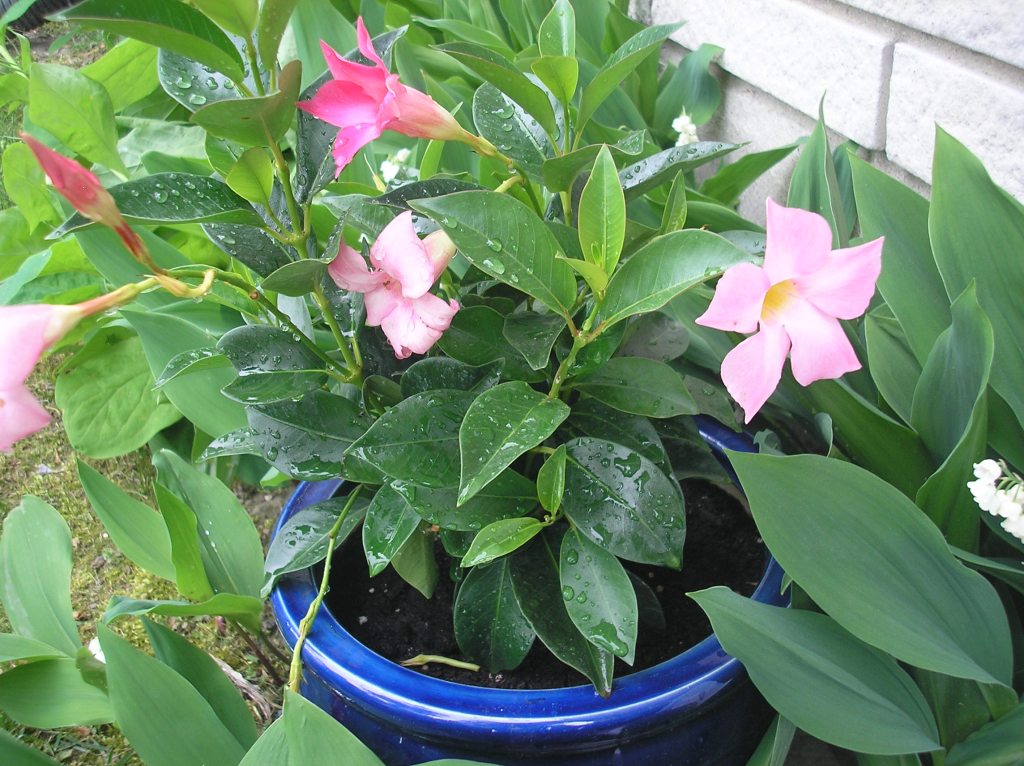
The daisies were particularly abundant this year and early as they are usually July flowers.

My regular Common Lilac bushes were duds flower-wise again this year, although they have lots of foliage. I was disappointed in these Bloom Again Lilacs too which I bought two years ago. The flowers are small and the bush spindly, without much greenery. They smell nice but I would not plant these again, as I do not like wimpy bushes. I like things which make a statement!

Prep Work: For me the fun is in the planning and buying, not the watering (I try) and weeding (I don’t). Whereas last year my entire garden expenditure was $8 (two tomato plants and some lettuce), this year I shopped, even if the selection was poor due to the yo-yo spring and the rationing by suppliers, the result of a lack of seasonal migrant workers due to COVID so one nursery owner informed me. I bought (but wisely) as I figured if I’m stuck at home I want pretty…….preferably in pink!

Nice hanging baskets were scarce and expensive so I did my own pots using vinca instead of my usual geraniums and petunias. I’ve never bought vinca before but it’s heat tolerant and looked bright and cheerful. Plus at $4 a pot and two per basket, it’s a cheap alternative if you don’t mind getting your hands dirty. (I’ve found those vinyl pandemic gloves very useful for gardening – just throw them away.)

I put some in my ceramic planter, where I would normally have wave petunias, also in short supply this year.


The navy ceramic planter came with a couple of matching pails which I couldn’t pass up. Winners/Homesense had a whole gardening line of the same pattern but the thing about that discount store is if you see something buy it, as if you go home and think about it it’s always gone when you go back.
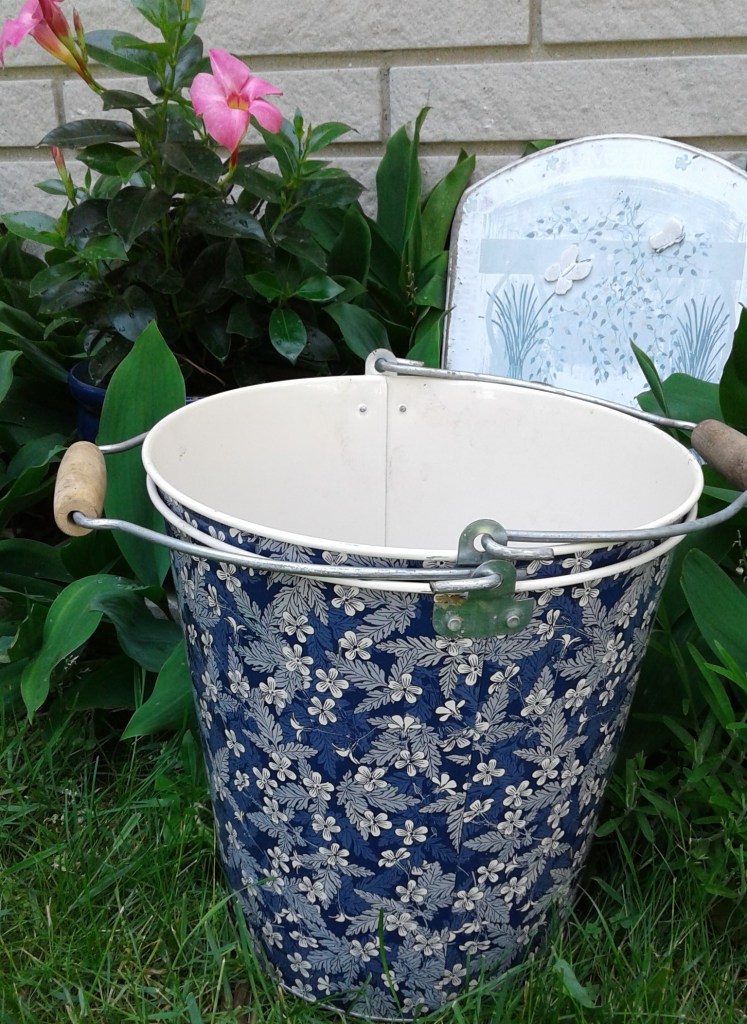
Seeing this colorful pot of pink vinca from my kitchen window every morning is a nice way to greet the day.

The Subject was Roses: I had to replace one dead Knock-Out Rose from last year when I couldn’t find any stock and I transplanted three others with too much dead wood, so four pink Double Knock-outs went on my list. At $25 per pot these are worth it as they are repeat bloomers and provide beauty all summer. The double pink can be hard to find although there are always plenty of red ones. The ones I moved are doing poorly from transplant shock as they had been in for ten years so I’m not sure if they will survive. (For more on Knock-outs’ check last years post – link) I wish Knock-outs had a climbing rose, but they don’t and the nurseries were all sold out of climbers. I finally located some “John Davis” ones at a pop-up nursery at $8 per pot so bought three for in front of some bare trellis. They’re small and not quite the color I wanted but the other choice was a clematis and I wasn’t happy with that selection either, although I did buy one “The First Lady” a pale lavender, also $8. One upscale nursery had Clematis for $49 per pot! The prices have really skyrocketed this year, (supply and demand), things sold out early and it’s even hard to find bags of garden soil.

The plant in the blue pot above is an Italian Bugloss, a hardy perennial which can grow to four feet, so I planted it in front of a trellis. It likes sun and attracts butterflies. It appealed to me in the nursery because of it’s bright gentian-blue color (I’m partial to blue – see The Blue Garden) so I overlooked the fact that even at $16 it appeared scraggly and half dead from lack of watering. I try and add something new every year, even if it’s something I’ve never heard of. Later I saw it on a list of easy to grow no-maintenance perennial favorites in a gardening magazine.
I’ve discovered the name of this blue plant from last year which I did not remember buying but might have been from the annual horticultural sale. It’s a Virginia Bluebell and bloomed well this year too. It likes shade and blooms in late spring.
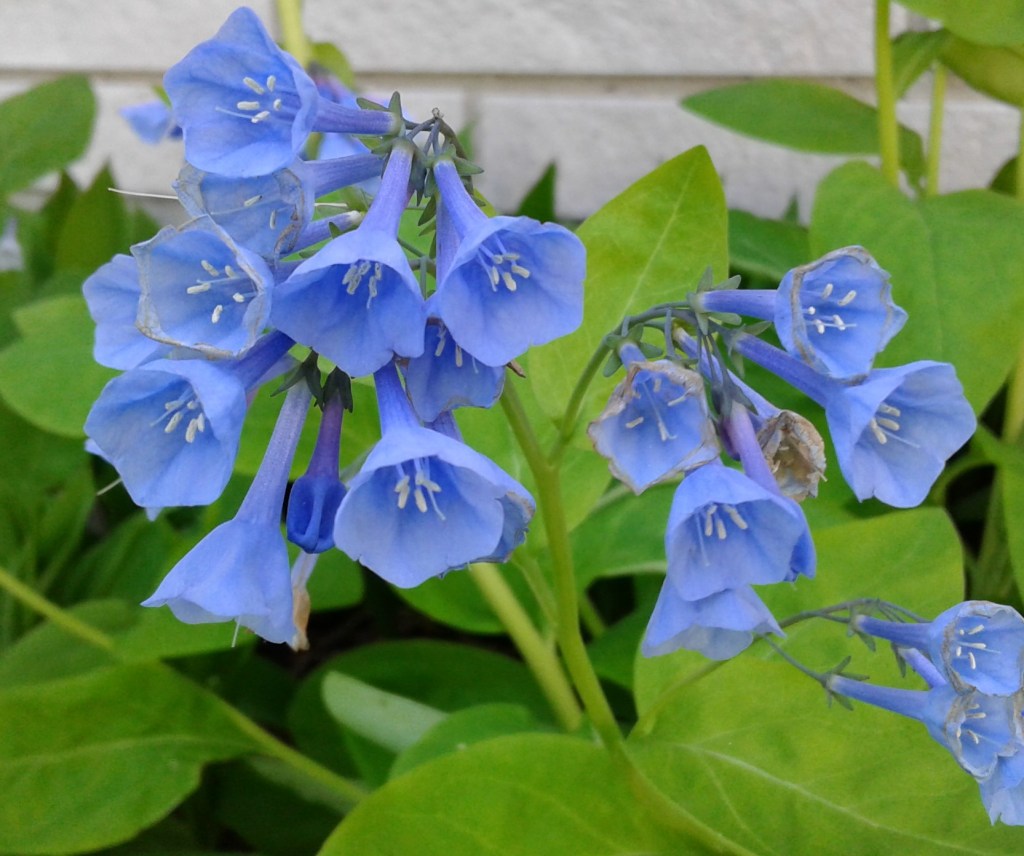

I bought two Lavender plants ($4 each) as you can never have too much lavender, although these were an organic Blue lavender instead of my regular English type. I planted one in front of a hole under the deck hoping the smell might deter the mice and/or other creatures from establishing an empire underneath, the other went in a blue pot until I can figure out where to plant it, probably to replace something which will inevitably die.
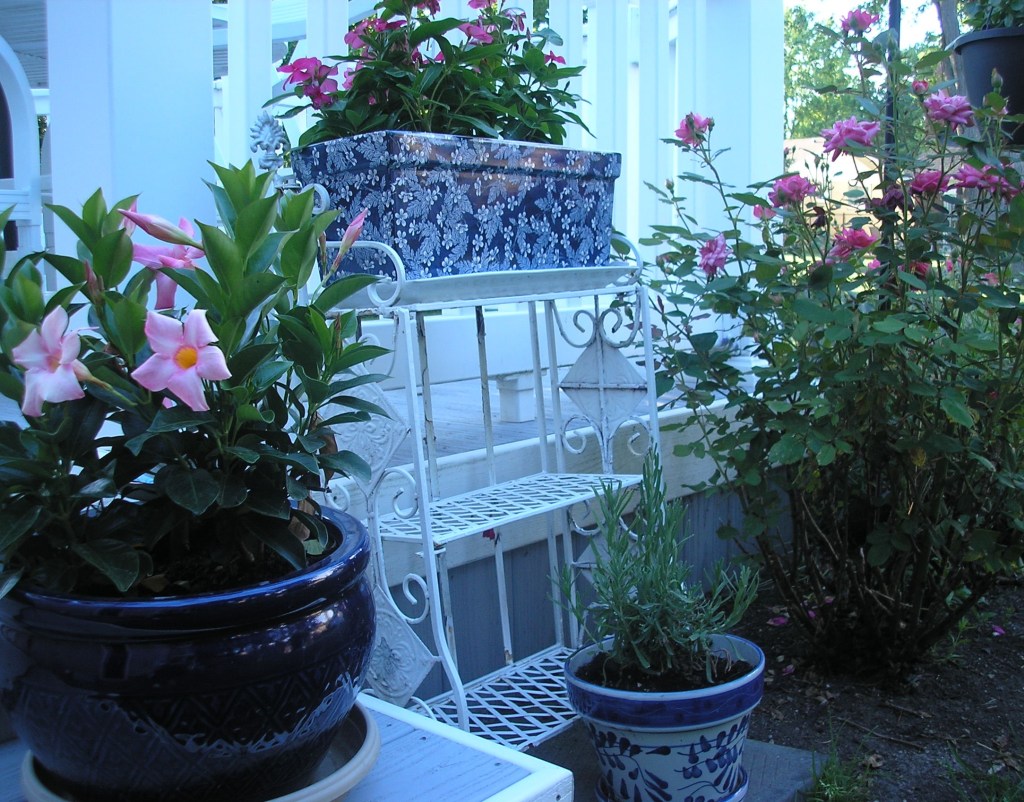
I had good luck with Dipladenias two years ago so I bought three pink ones ($7 each) for my pink recycled plastic pots. I’m always up for a bargain especially with annuals. They’re similar to a Mandevilla, are drought resistant and repeat bloomers, and give the the deck that tropical feel, like you might be on vacation somewhere exotic instead of stuck at home. They come in red and white too.
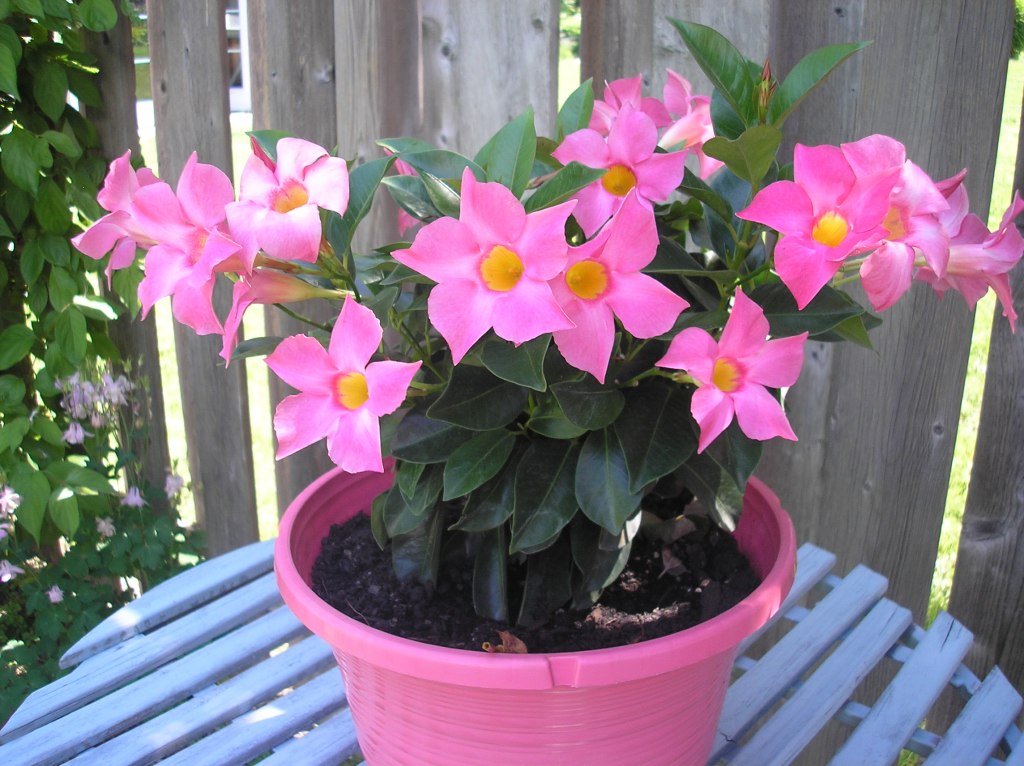
The lavender is blooming already too.

The Russian sage/lavender/pink knock outs make a nice contrasting mix.

Of course one cannot live on flowers alone, so the vegetable garden went in early too and seems to be thriving….four kinds of lettuce, some from seed and some seedlings, carrots, cucumber and pole beans, plus the everbearing strawberry plants if the birds don’t get them first.
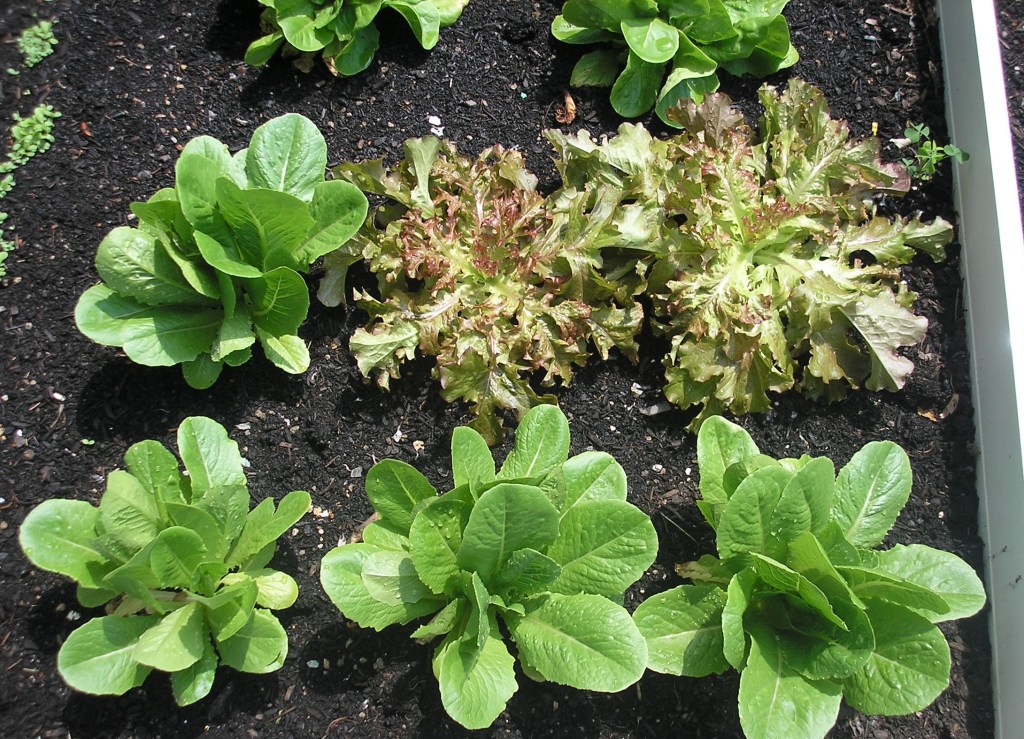
And for the first time I planted brussel sprouts as they are supposed to be good for you.

Wish List: for when the end of July nursery sales come on, I’m looking for a rhododendron although they are hard to grow here. I tend to scoop up my perennials on the bargain table.
What I’m Reading: My (virtual) library bookclub is currently reading The Last Garden in England, (link) a three generational story about restoring a historic British garden. A light fluffy read if you’re a garden fan, although the garden was incidental to the story and I don’t think there will be much to discuss.

And last but not least, a study in pink, one of mom’s paintings.

What are you planting this year?



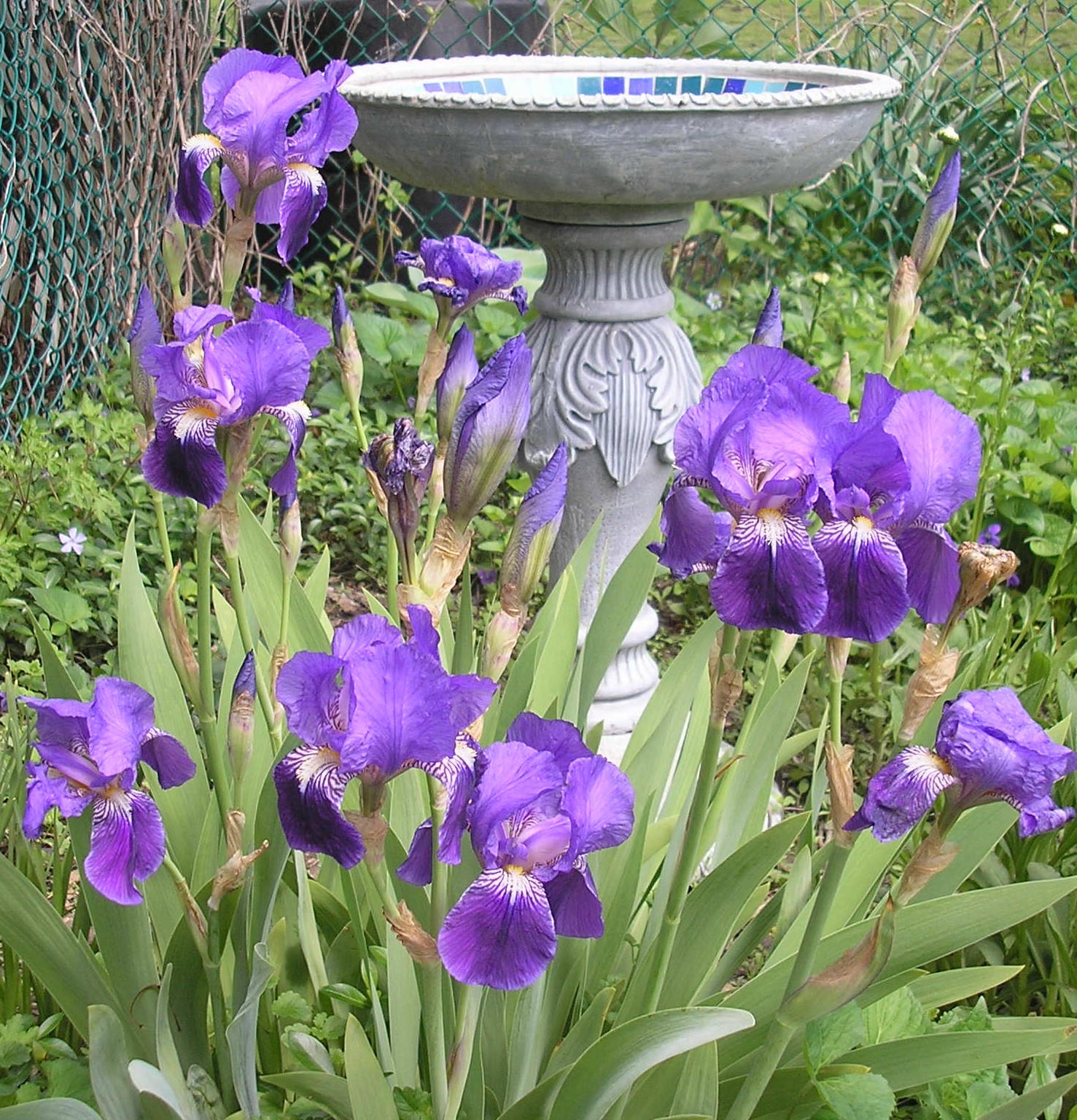





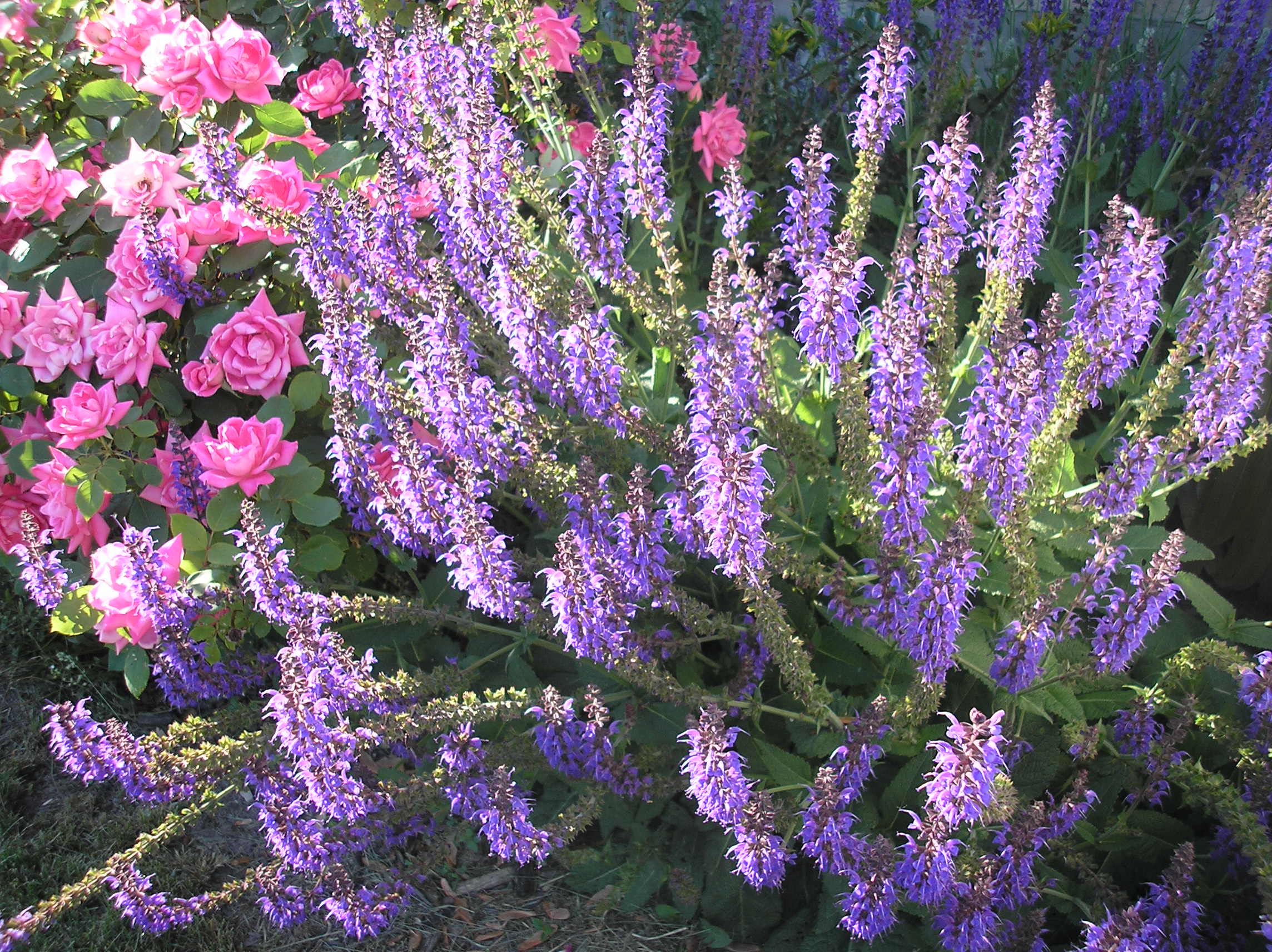




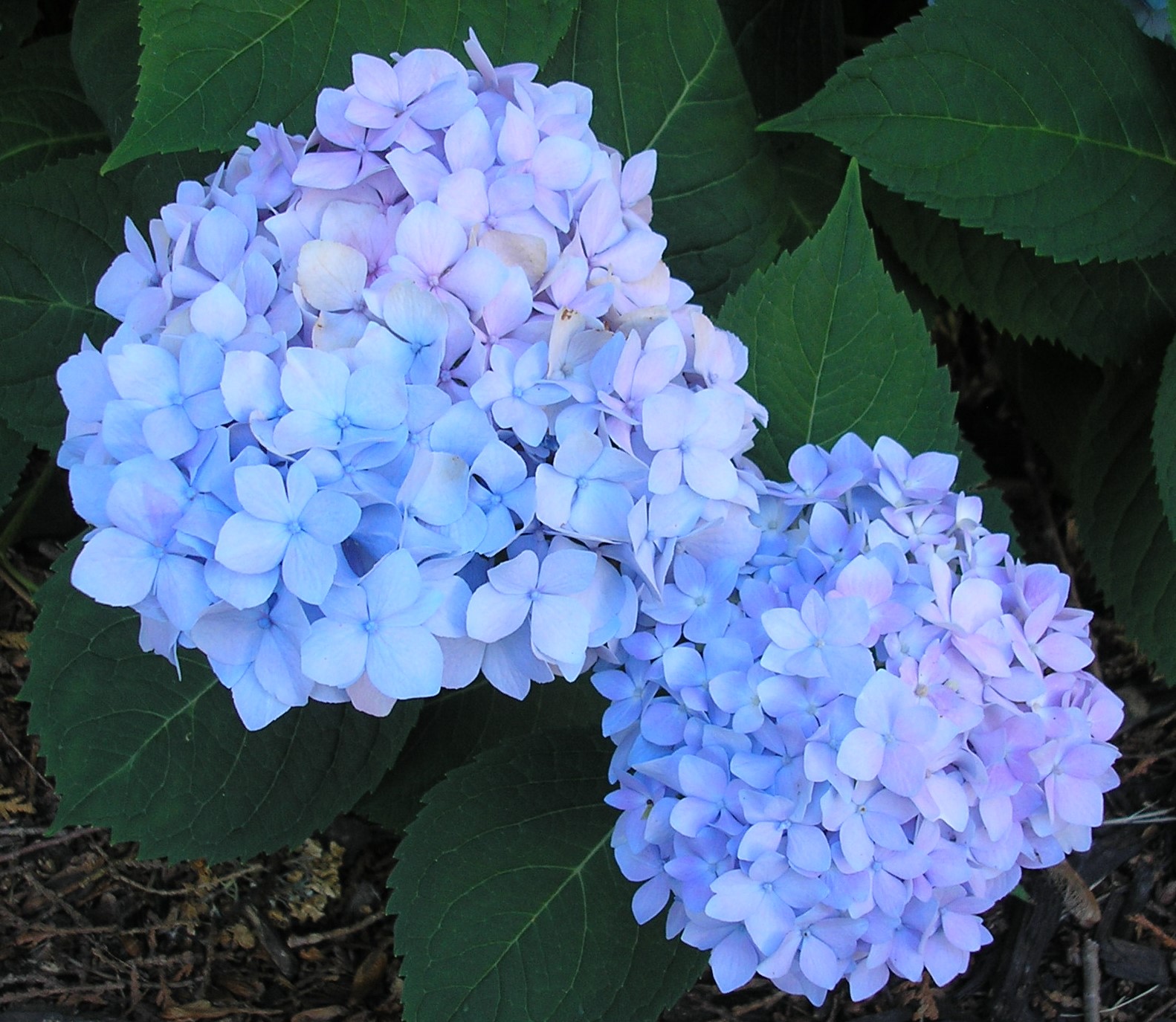




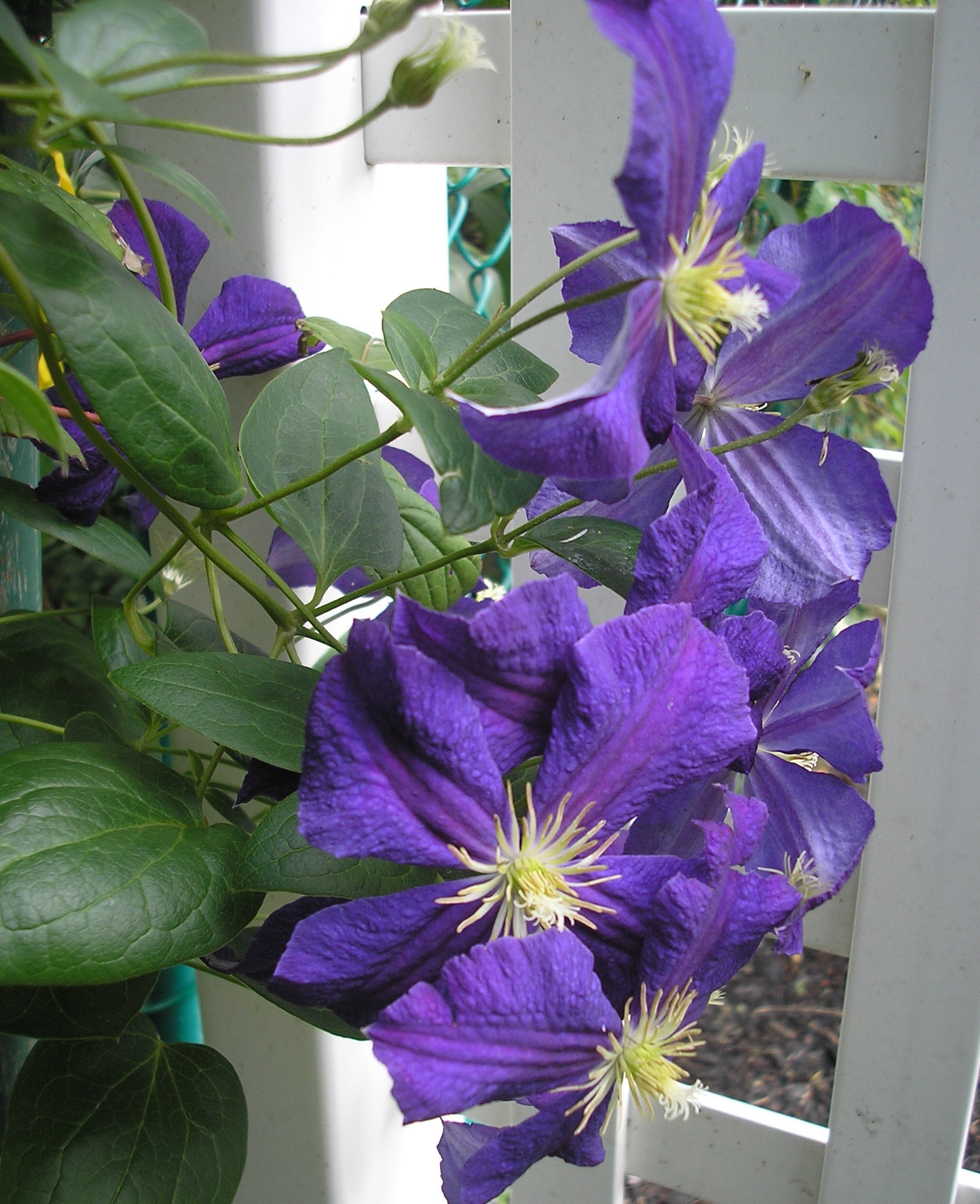





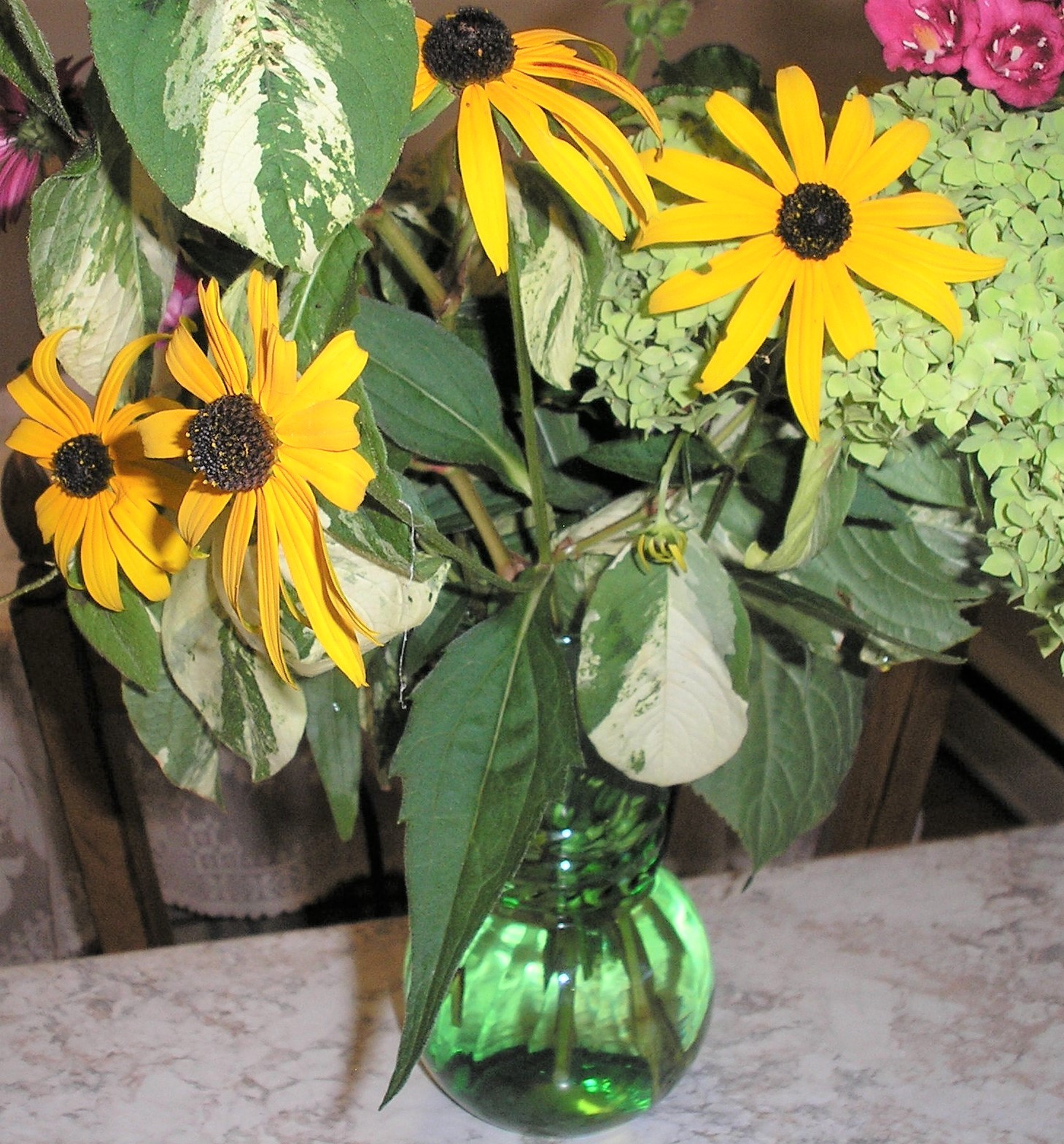
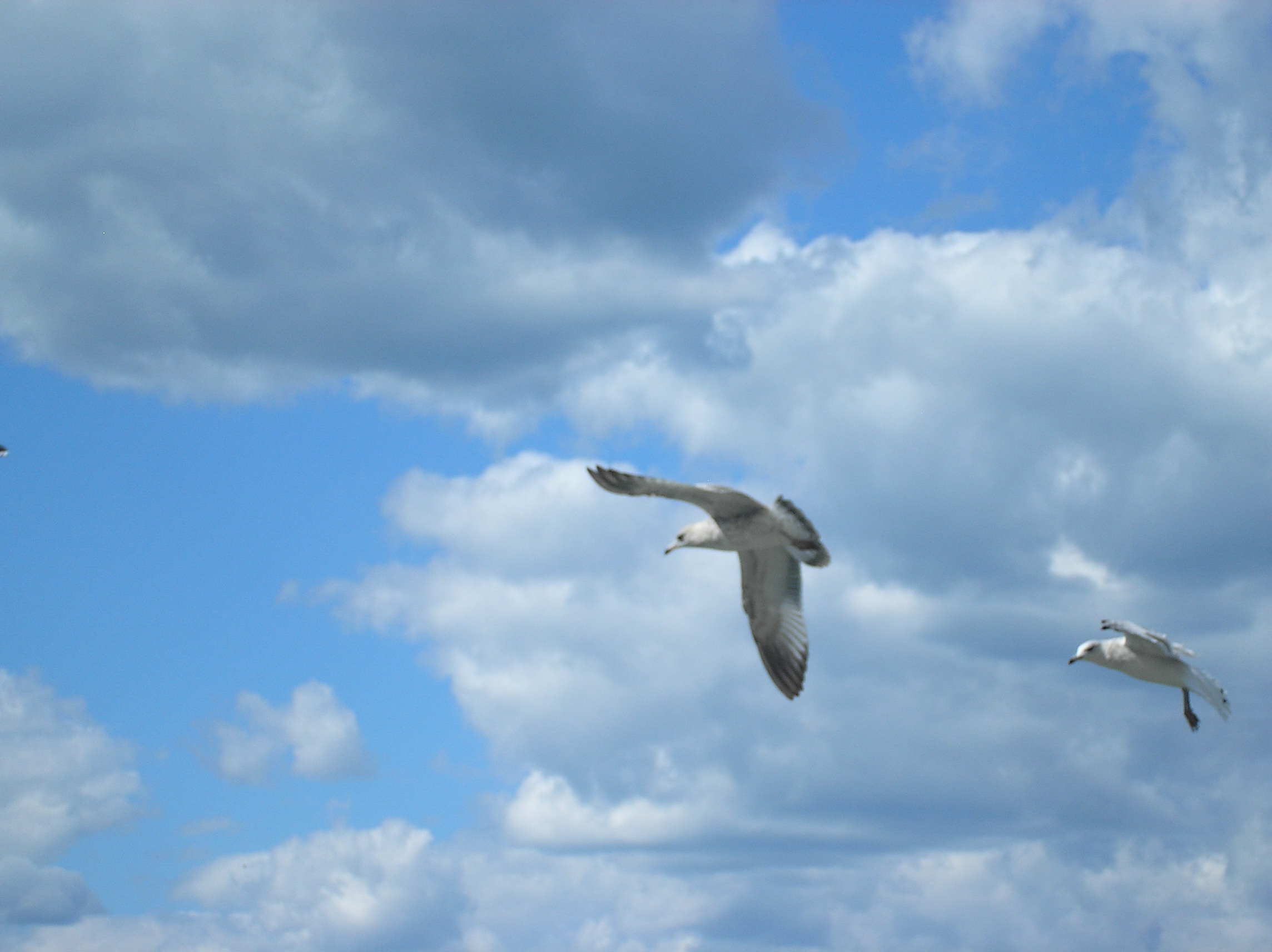
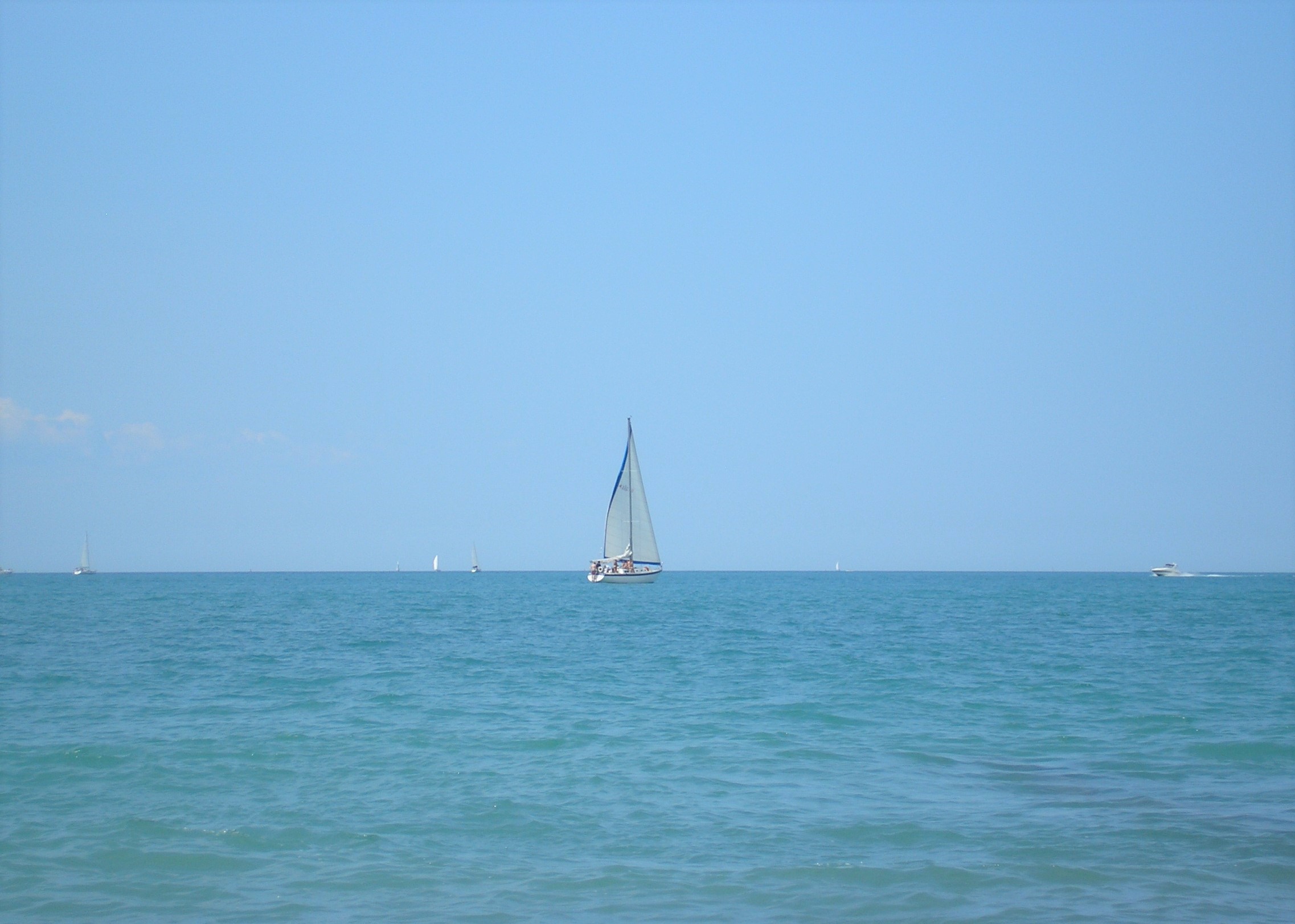
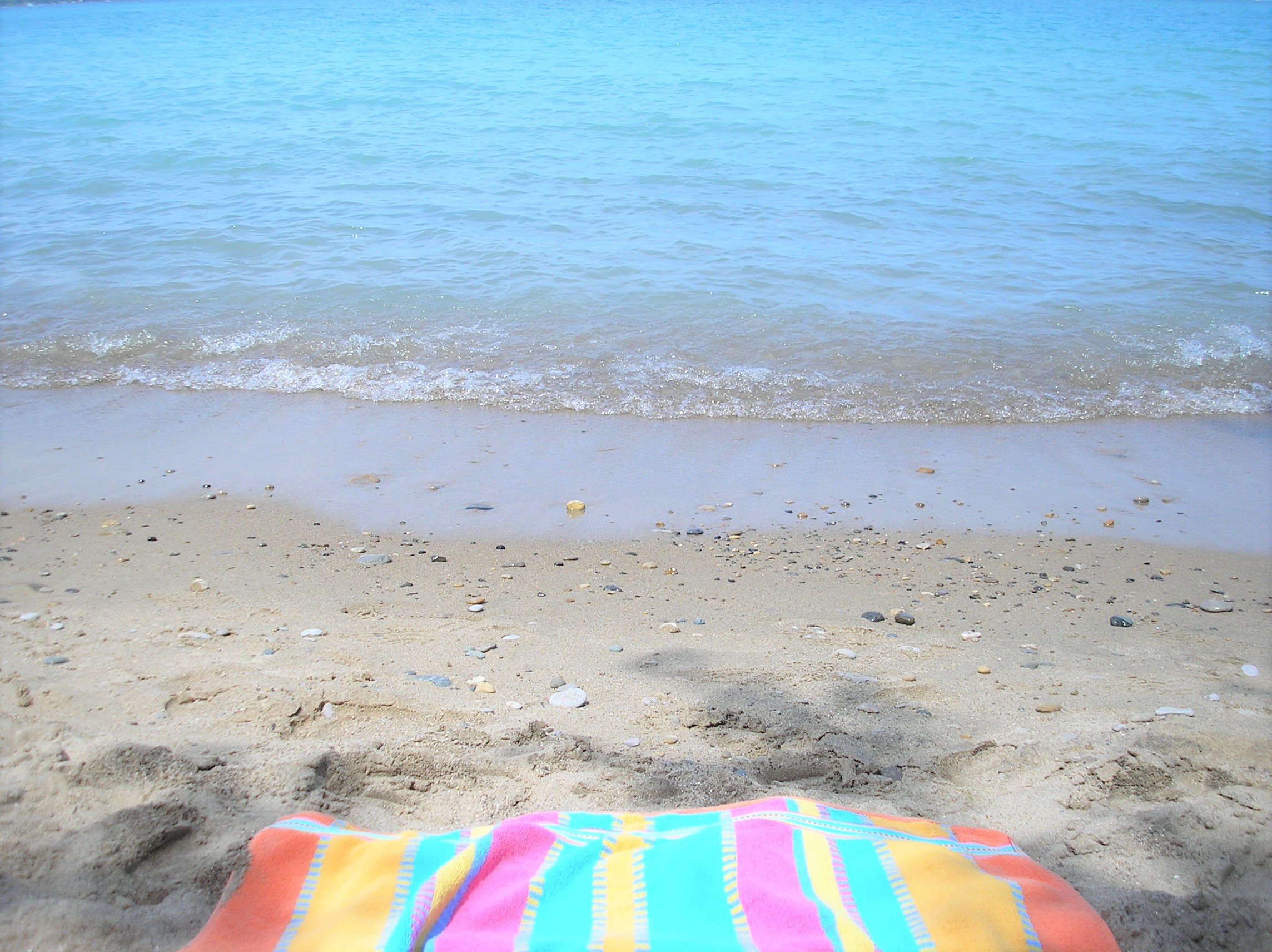


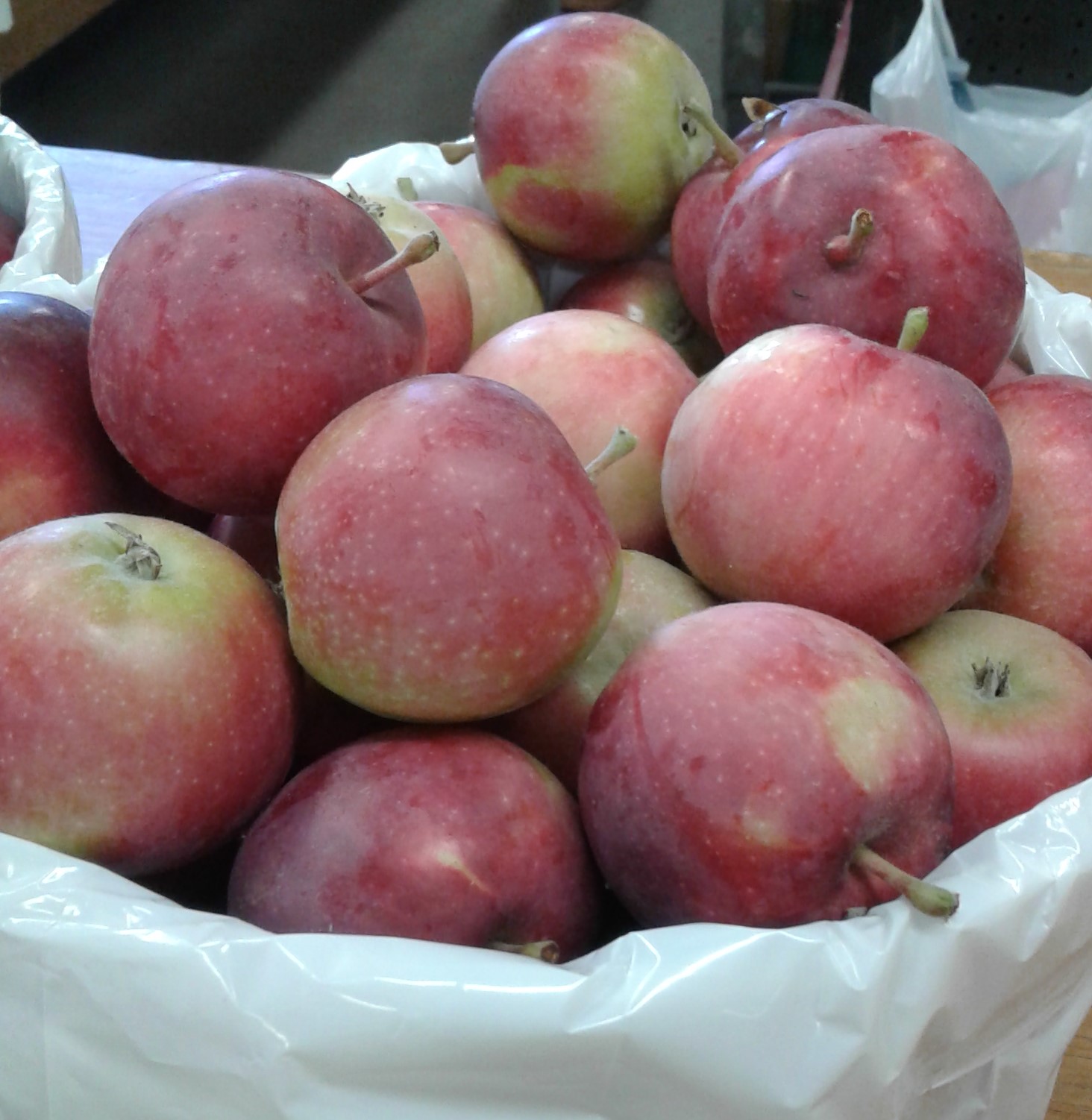



 If you want a low maintenance, easy to grow rose then Knock-Out Roses are the rose of choice. I have 24 of these rose bushes and it was one of the best garden investments I’ve ever made.
If you want a low maintenance, easy to grow rose then Knock-Out Roses are the rose of choice. I have 24 of these rose bushes and it was one of the best garden investments I’ve ever made. 
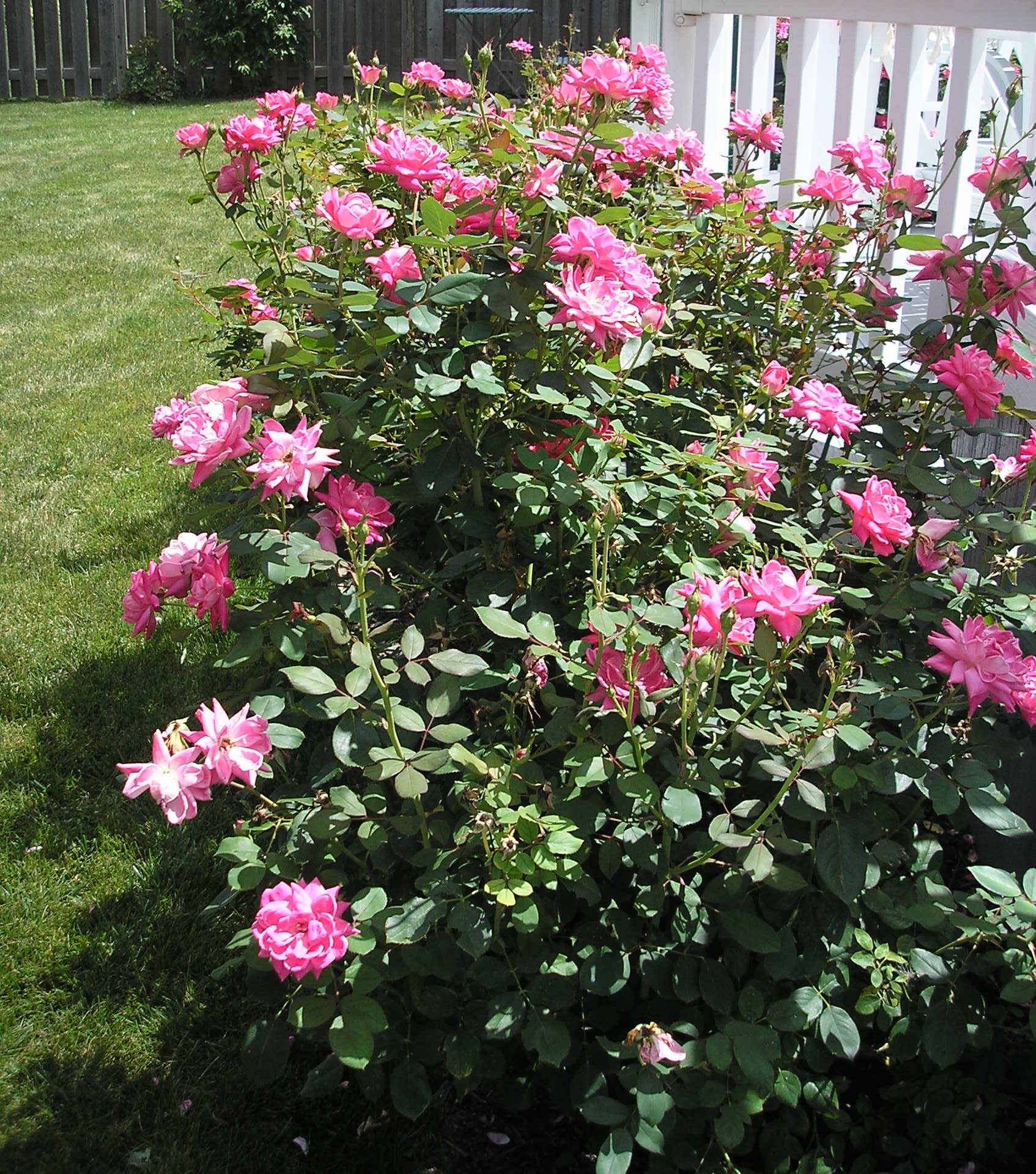
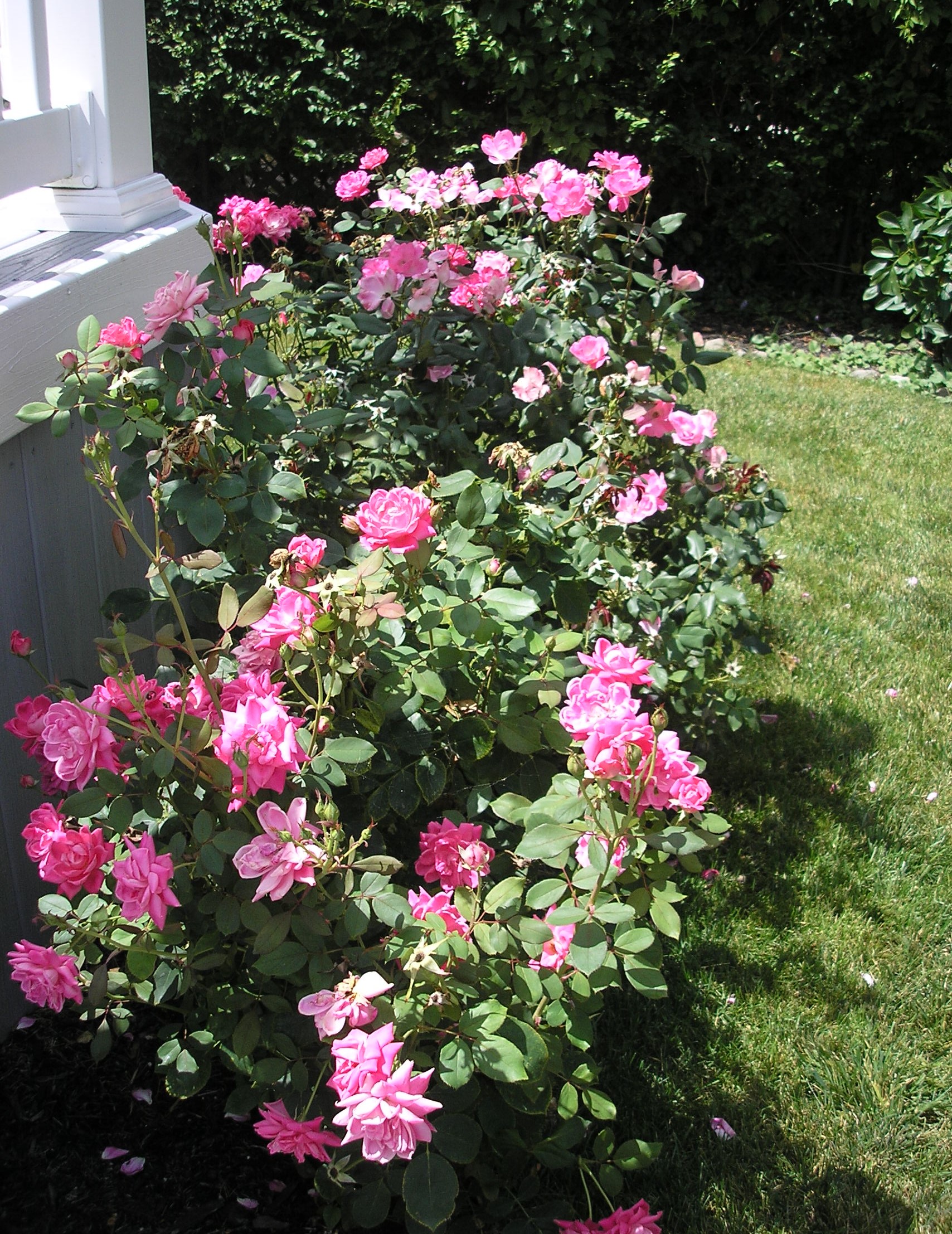
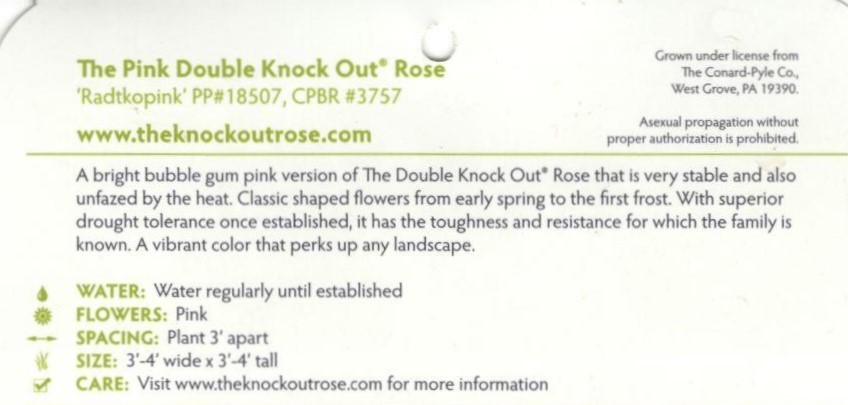








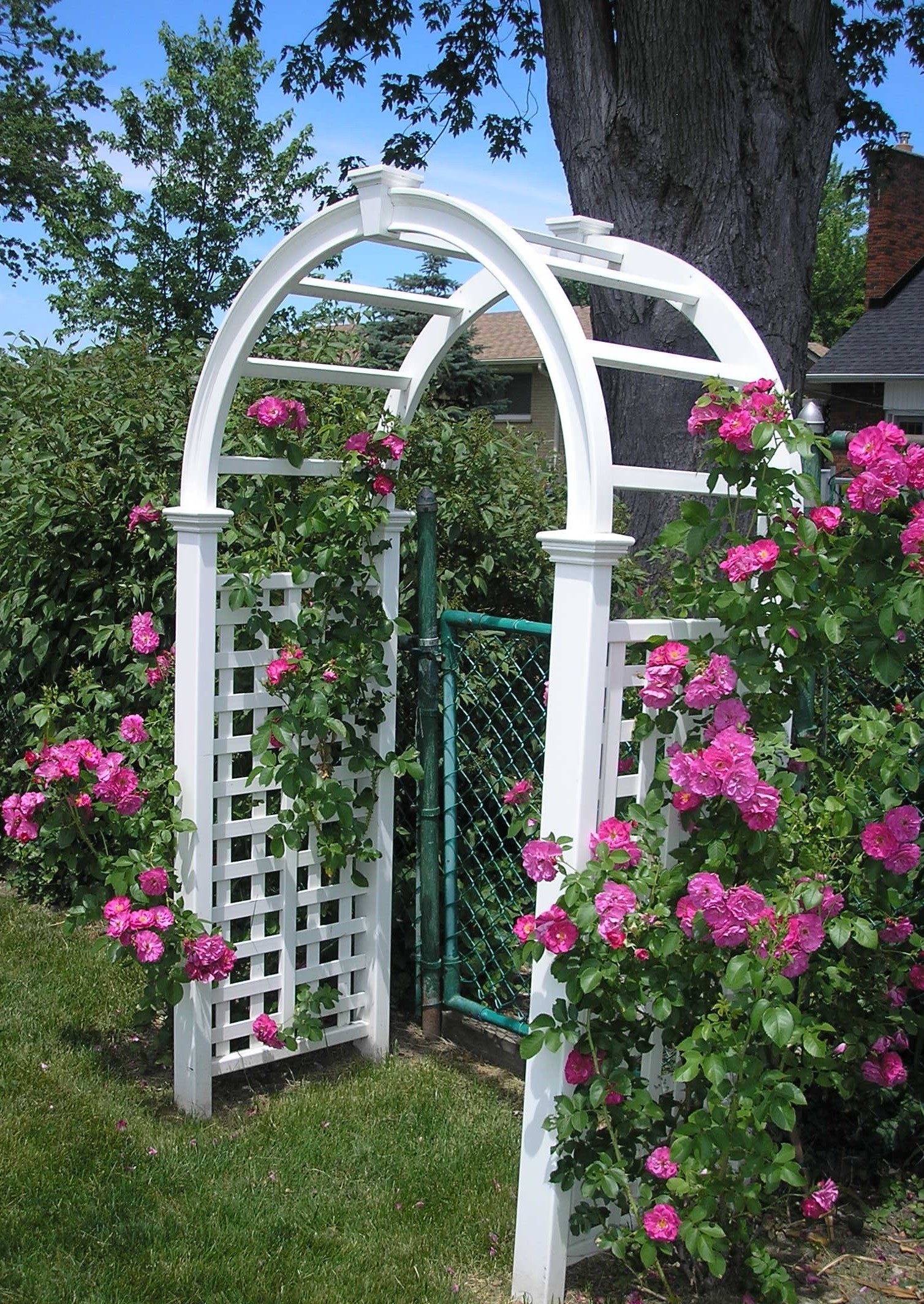

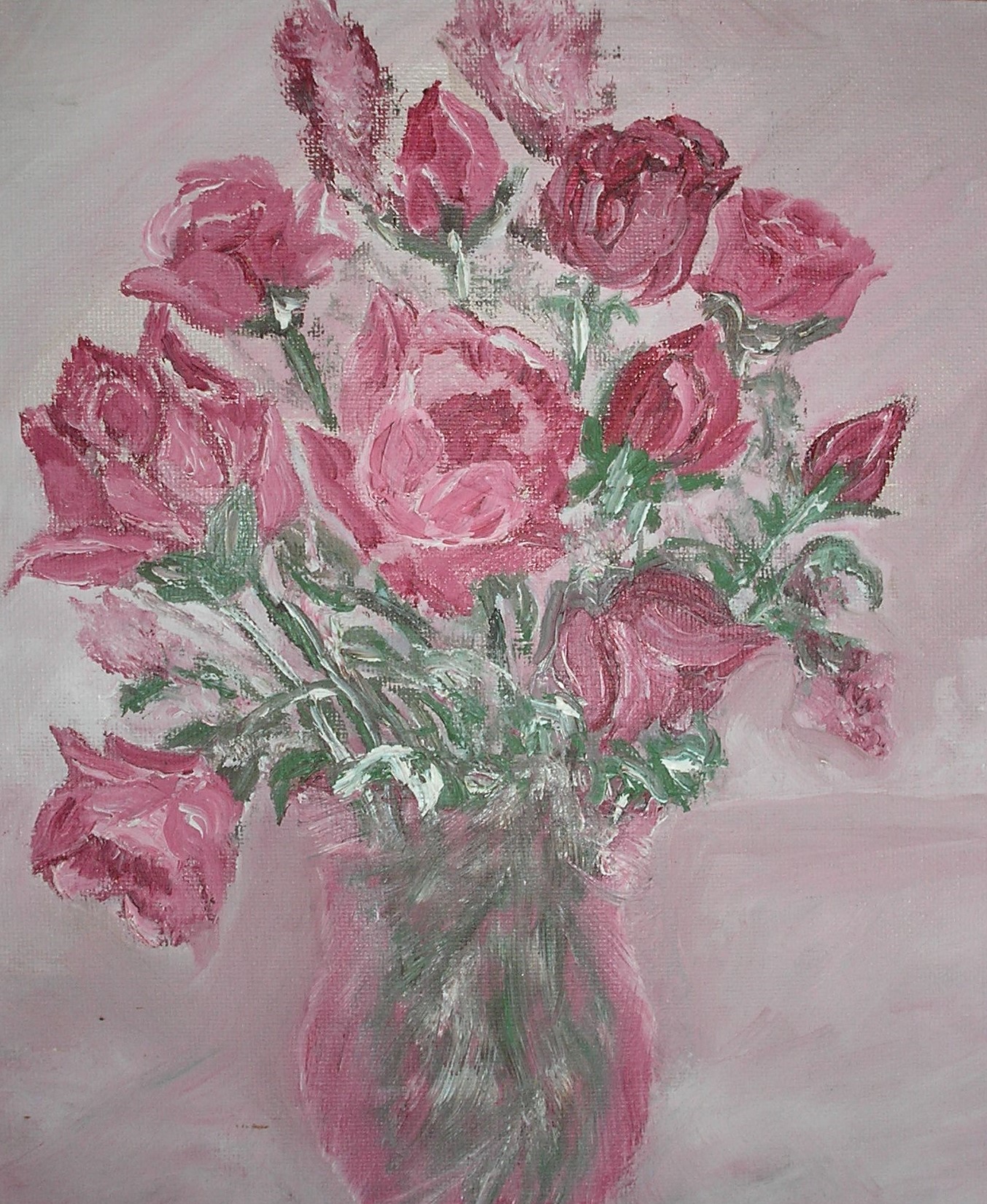





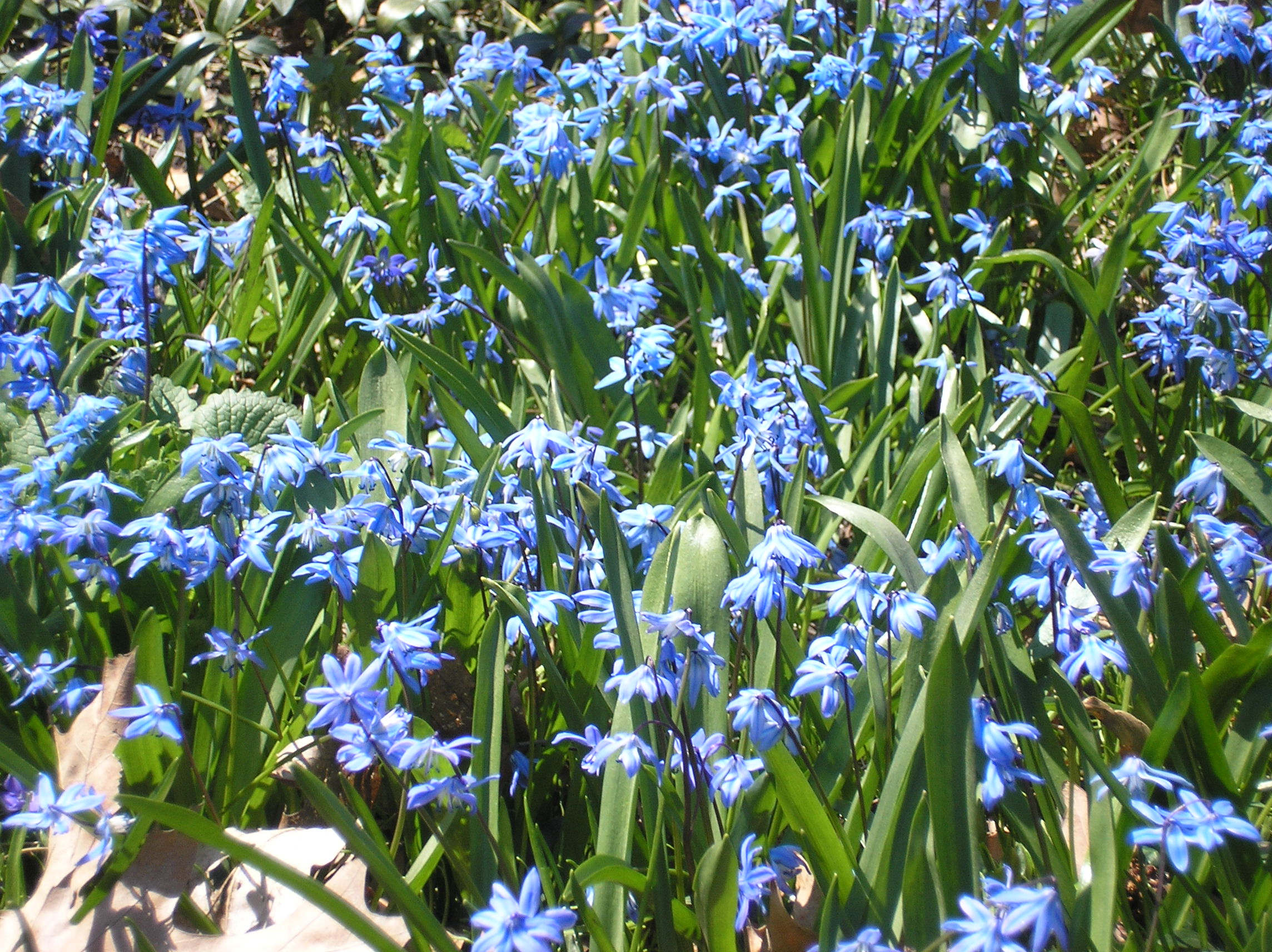
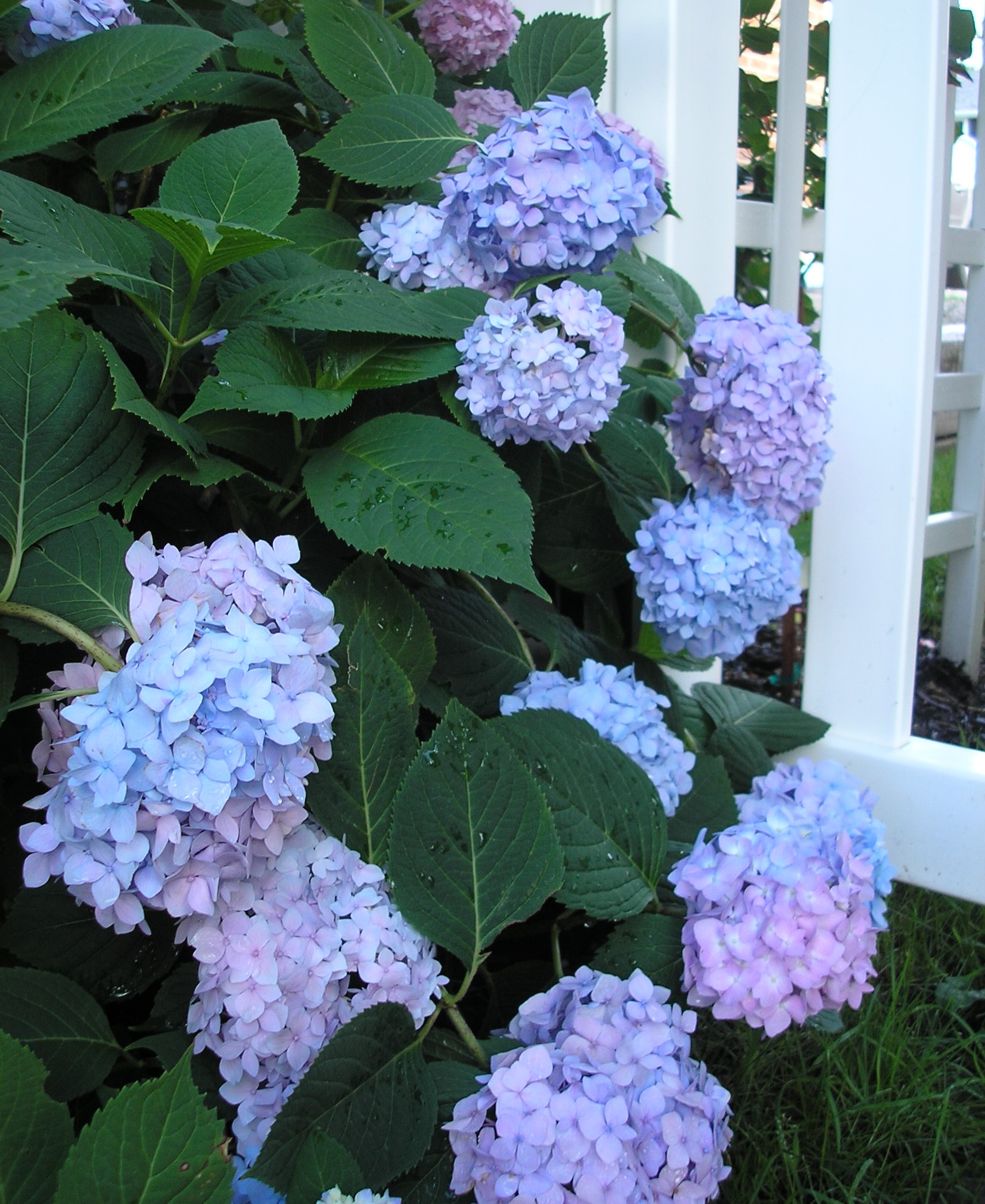






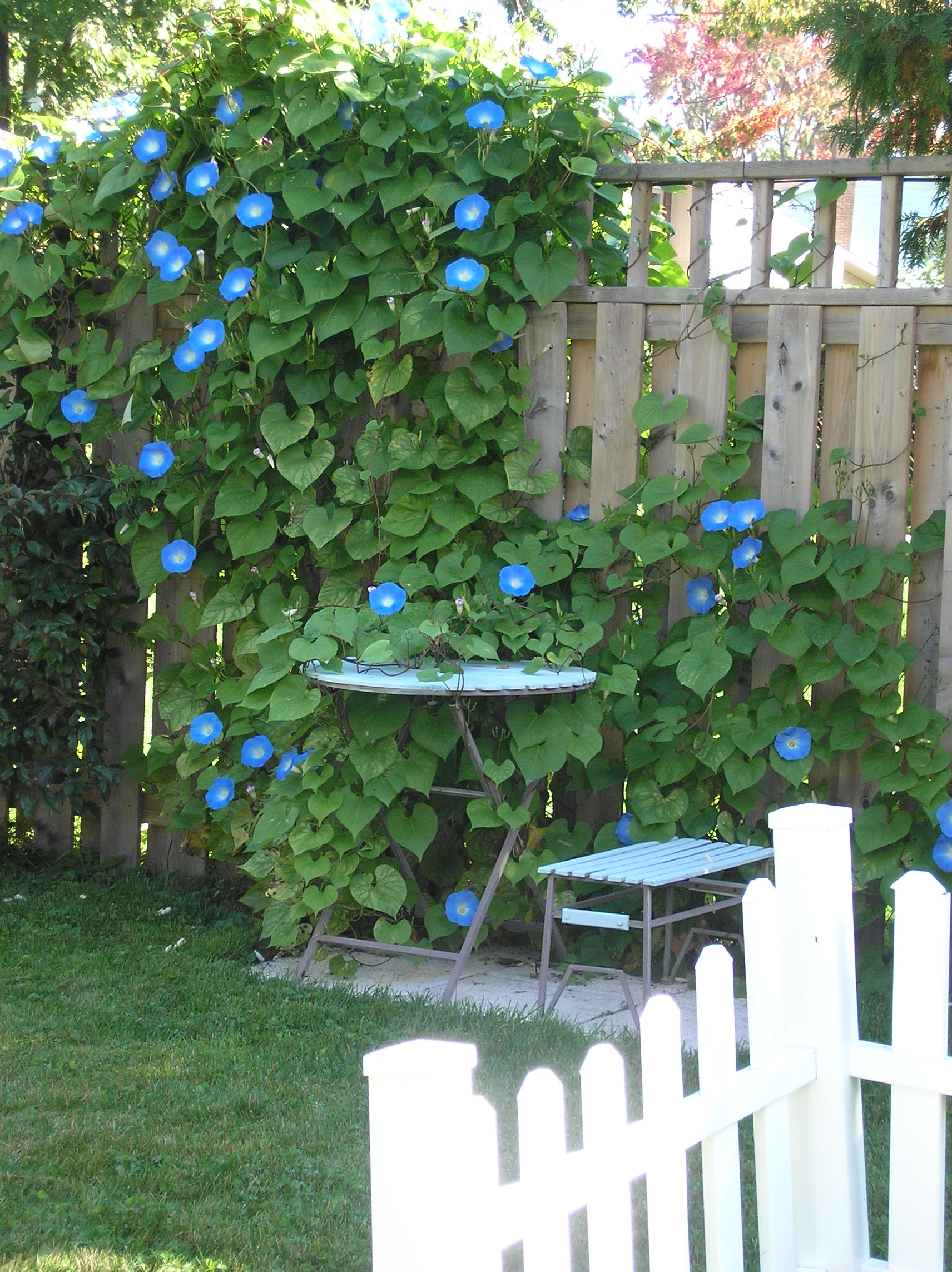




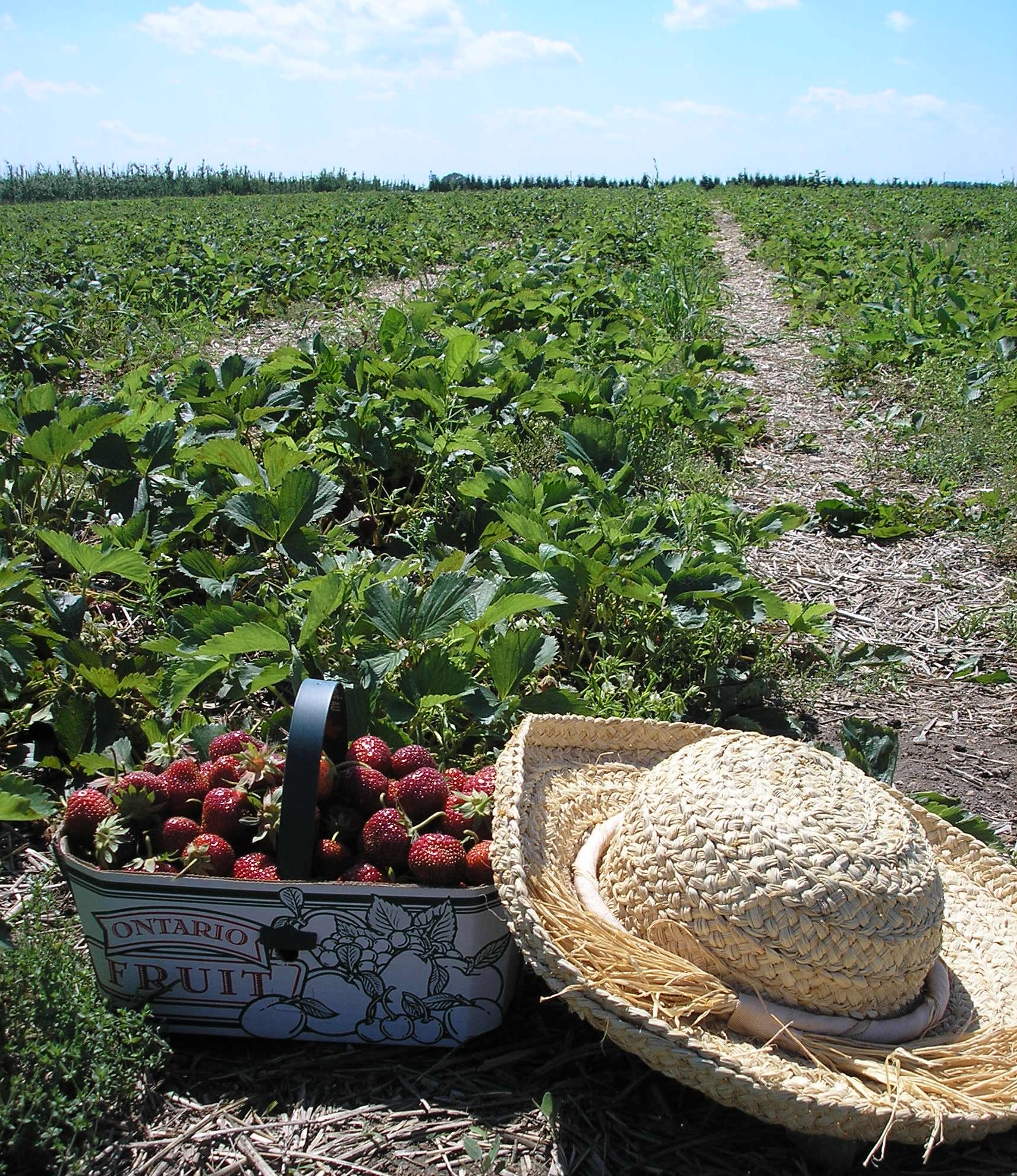

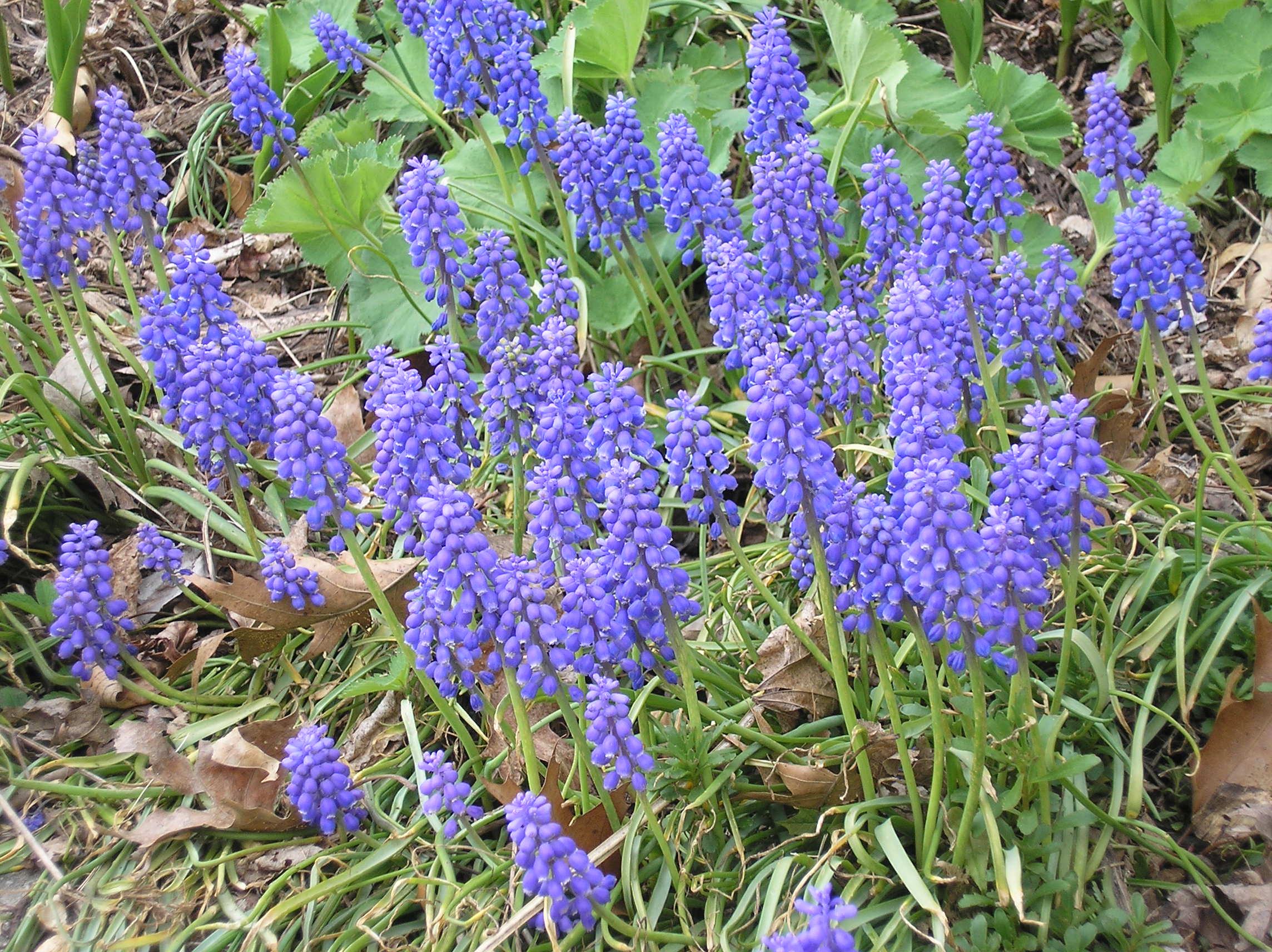

 I love the play of the shadows on the lawn.
I love the play of the shadows on the lawn. 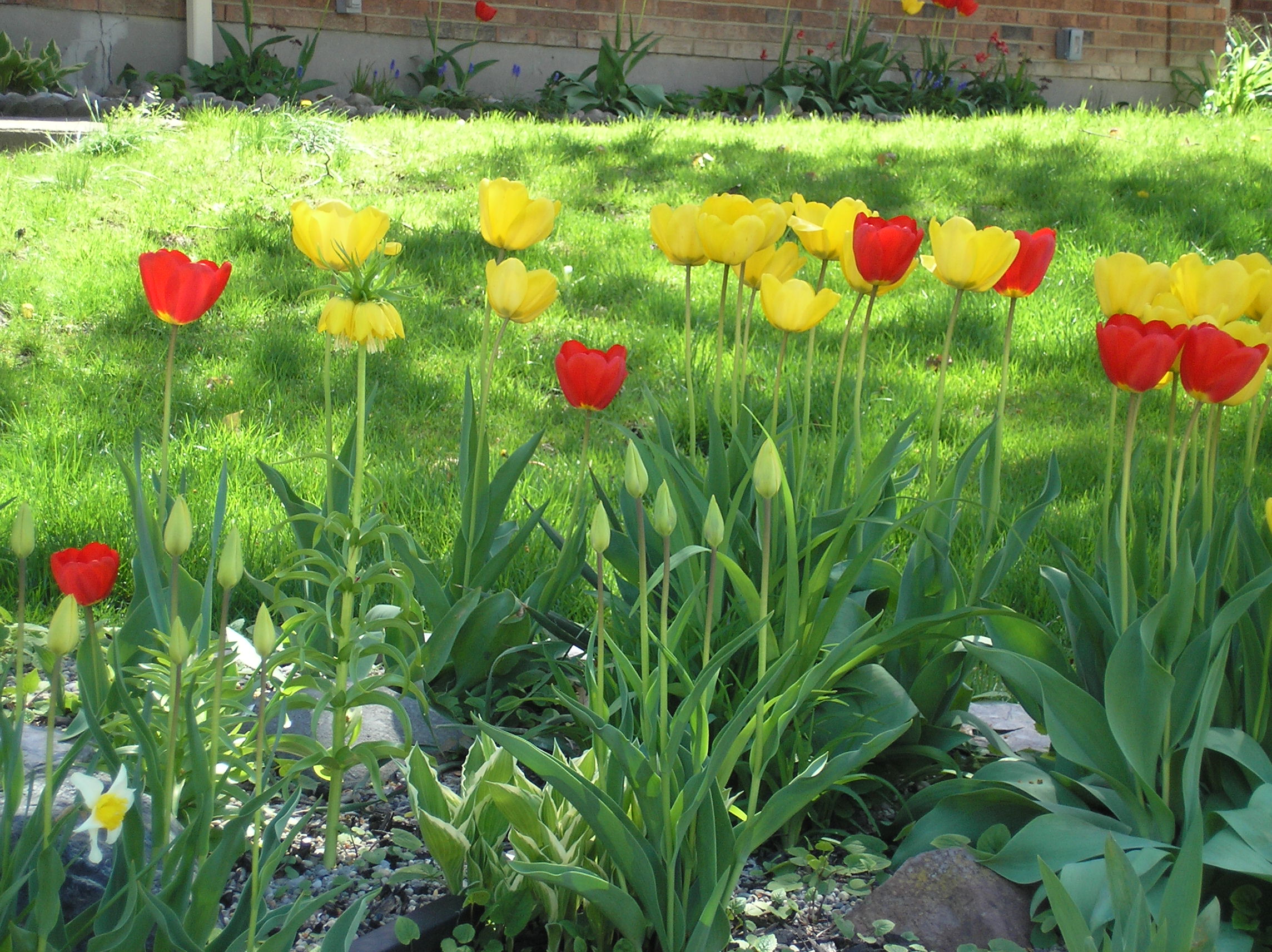

 and this one.
and this one. 

 The dahlia has flourished, with many buds again, but the begonias got too water-logged.
The dahlia has flourished, with many buds again, but the begonias got too water-logged. 



 The second year for this fuchsia clematis. My new one, planted last fall, is not out yet but as it is a Jackmanii, it may be later.
The second year for this fuchsia clematis. My new one, planted last fall, is not out yet but as it is a Jackmanii, it may be later. 
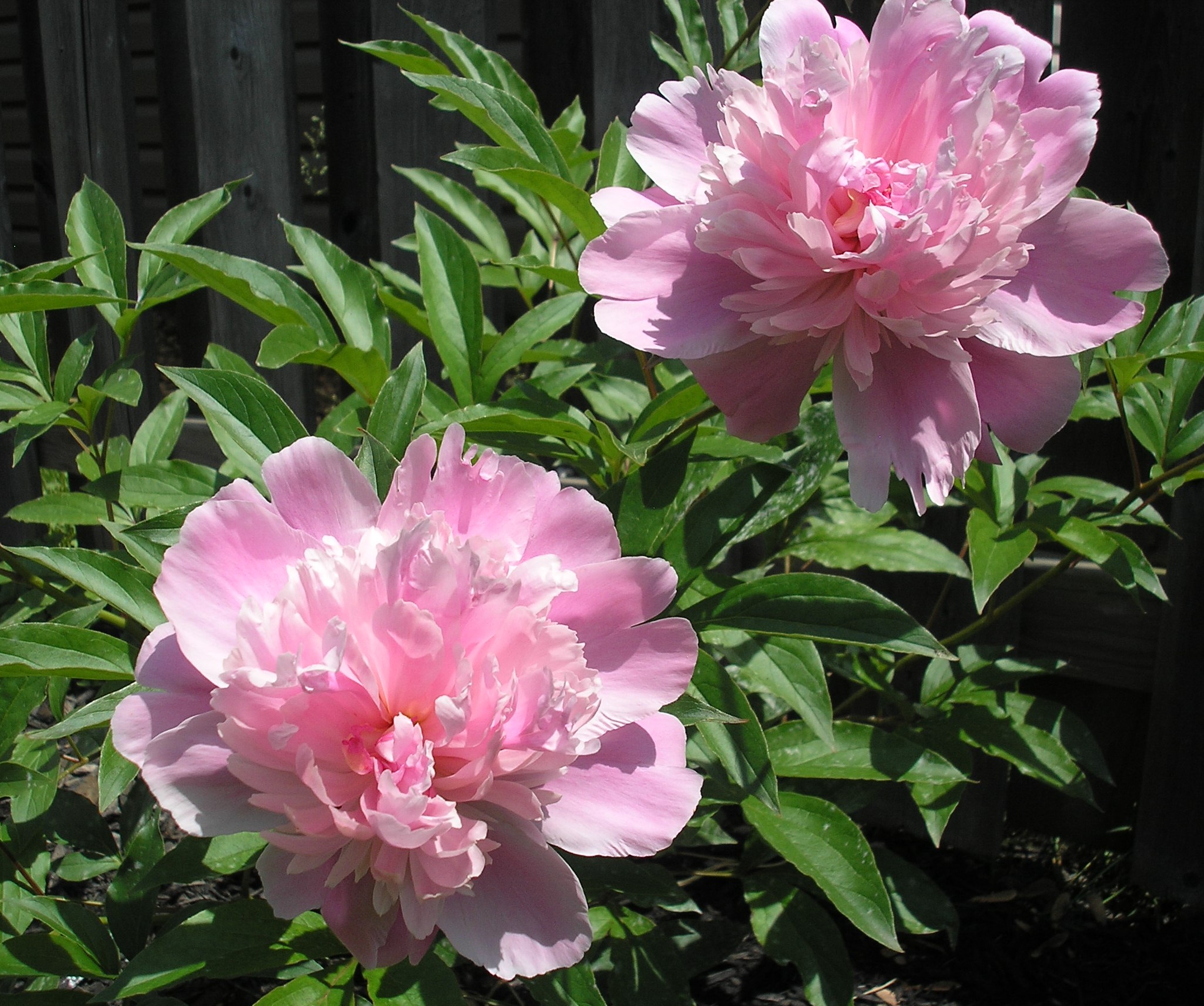
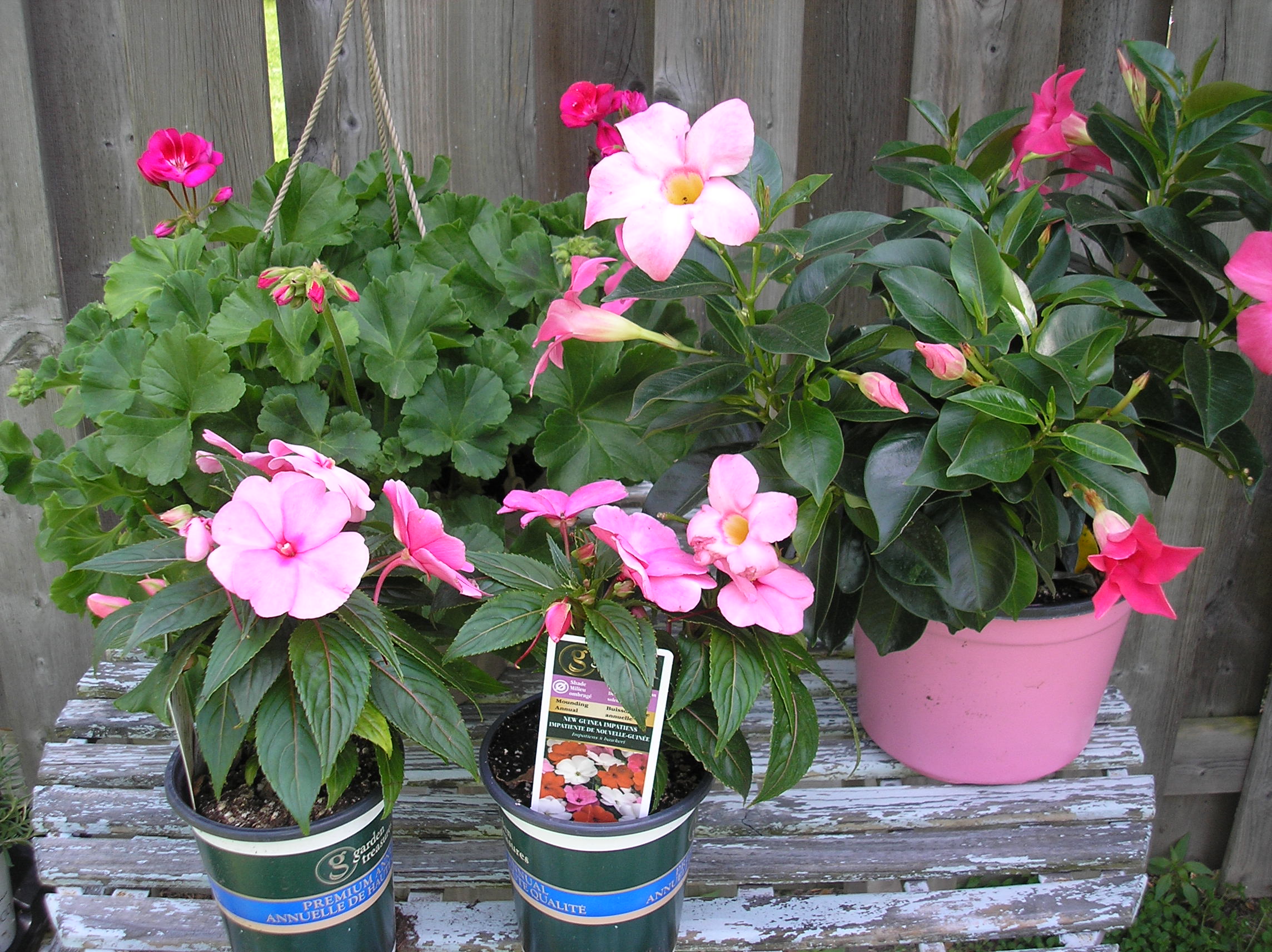 And one can never have enough lavender.
And one can never have enough lavender.


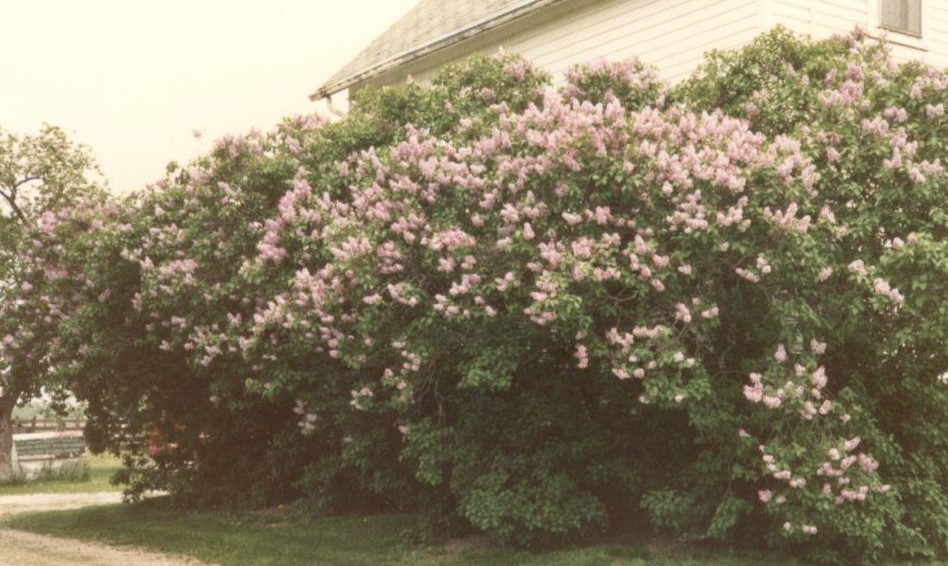



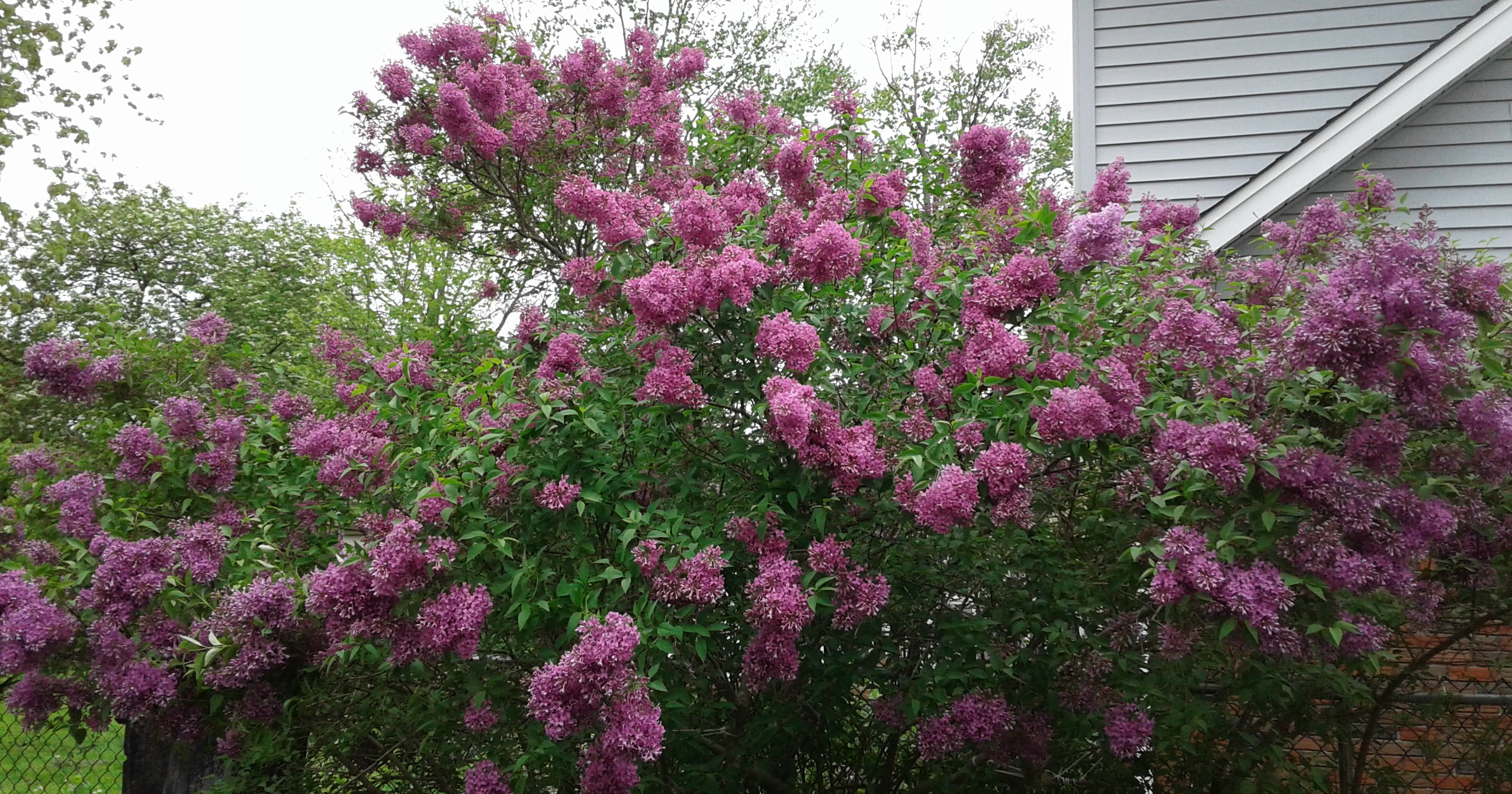

 I would sometimes take a book or magazine there and sit and read, sheltered from the wind, stopping once in awhile just to breathe in the scent. Here’s the view, looking out.
I would sometimes take a book or magazine there and sit and read, sheltered from the wind, stopping once in awhile just to breathe in the scent. Here’s the view, looking out. 
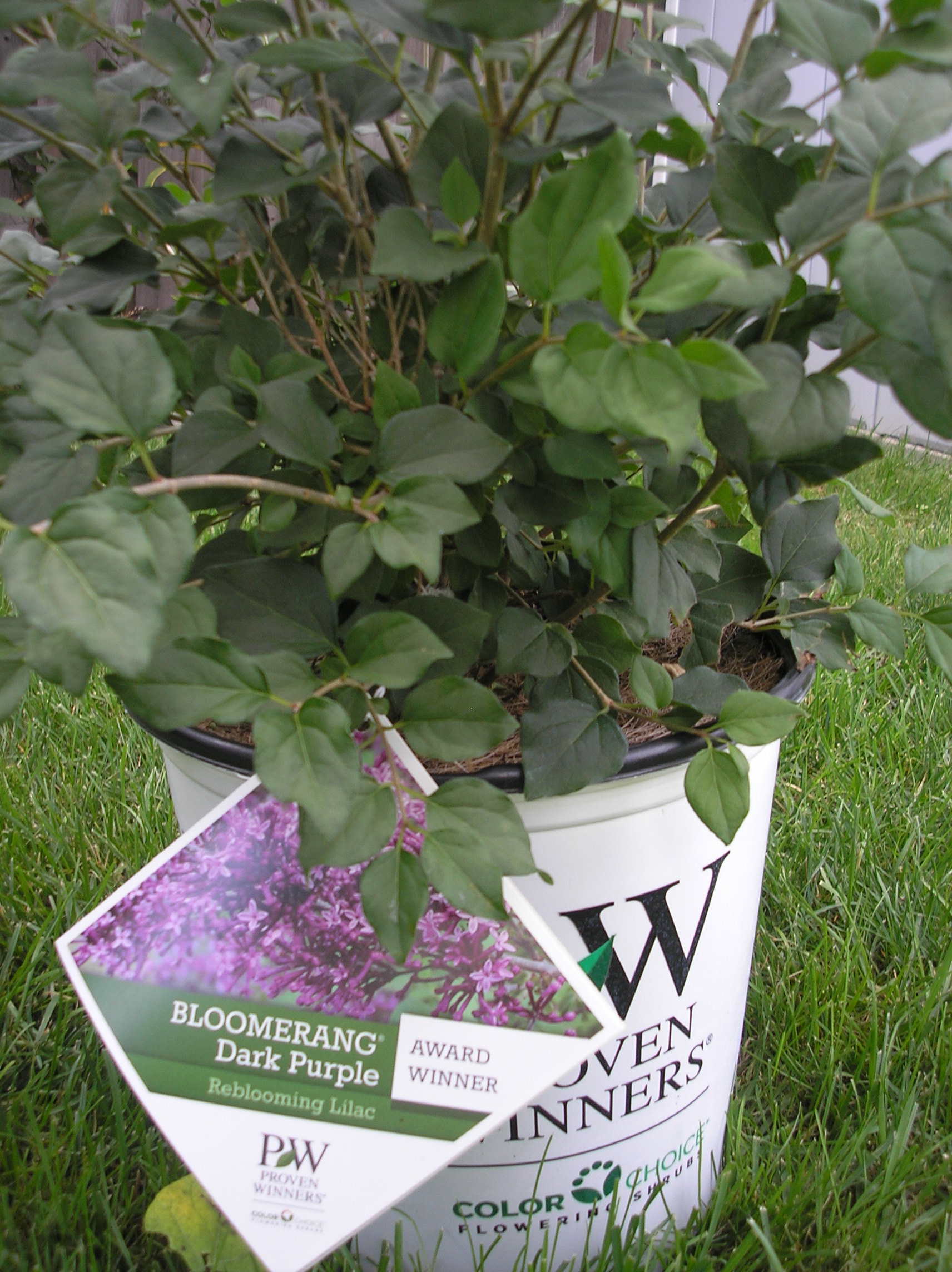



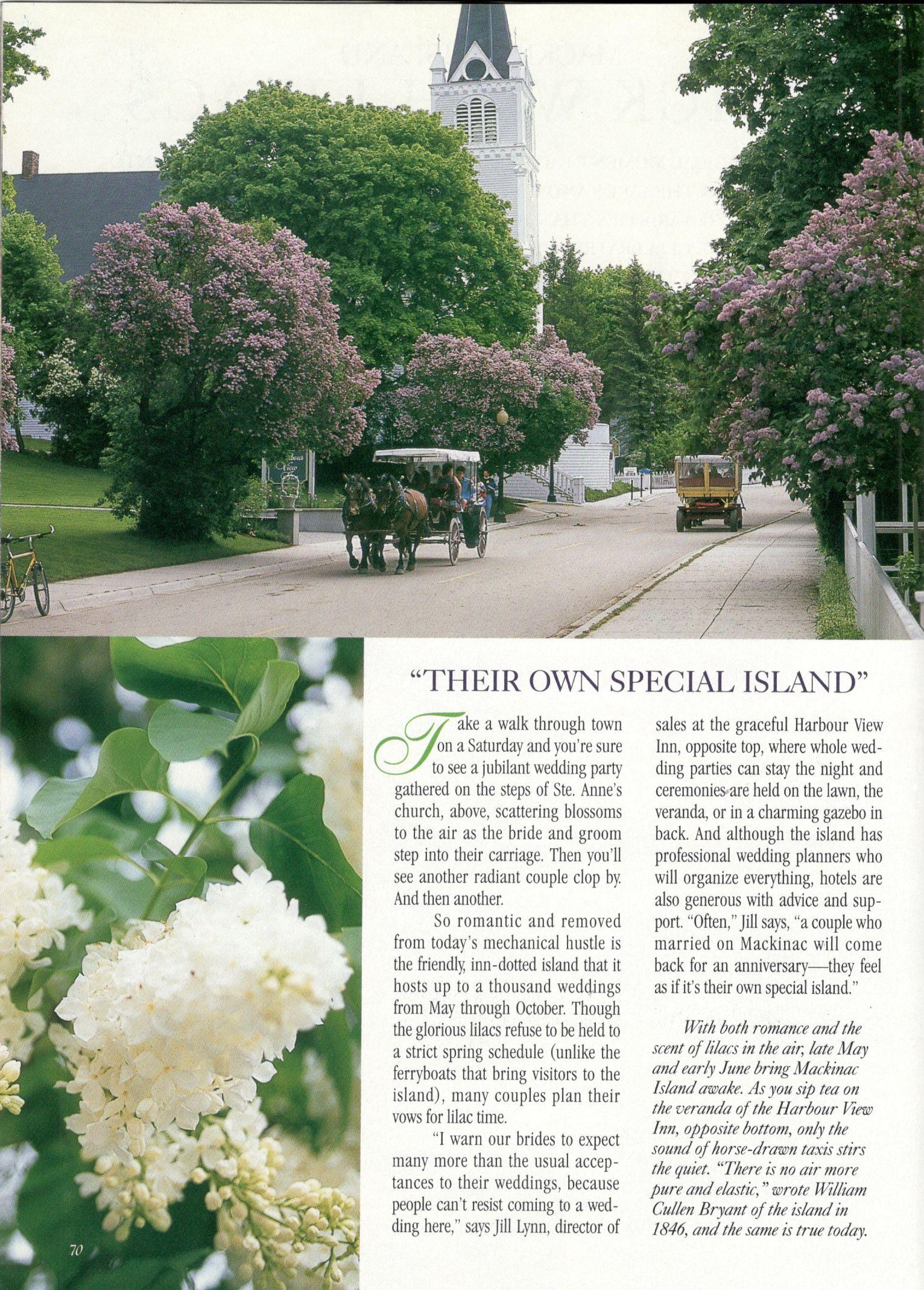


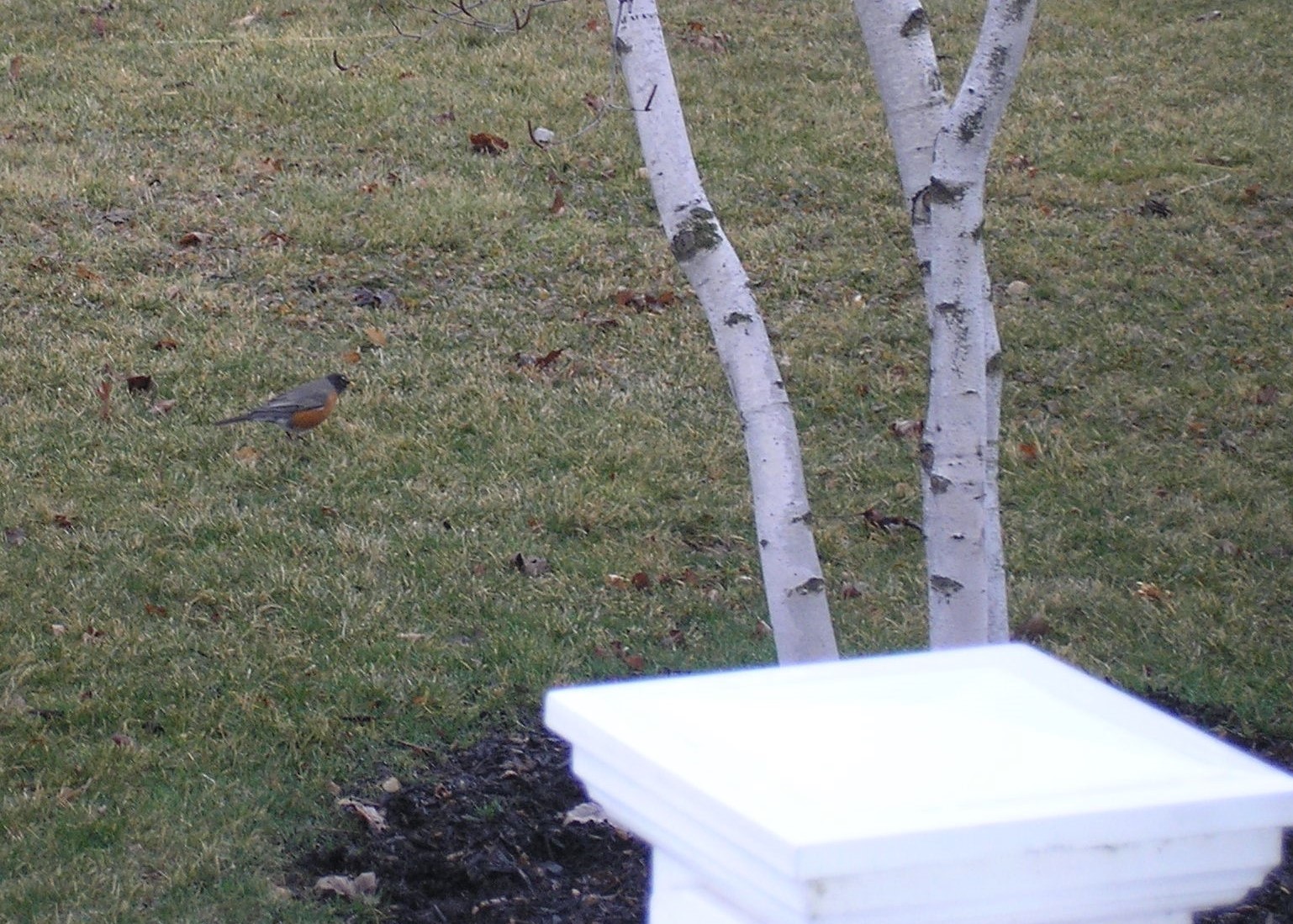







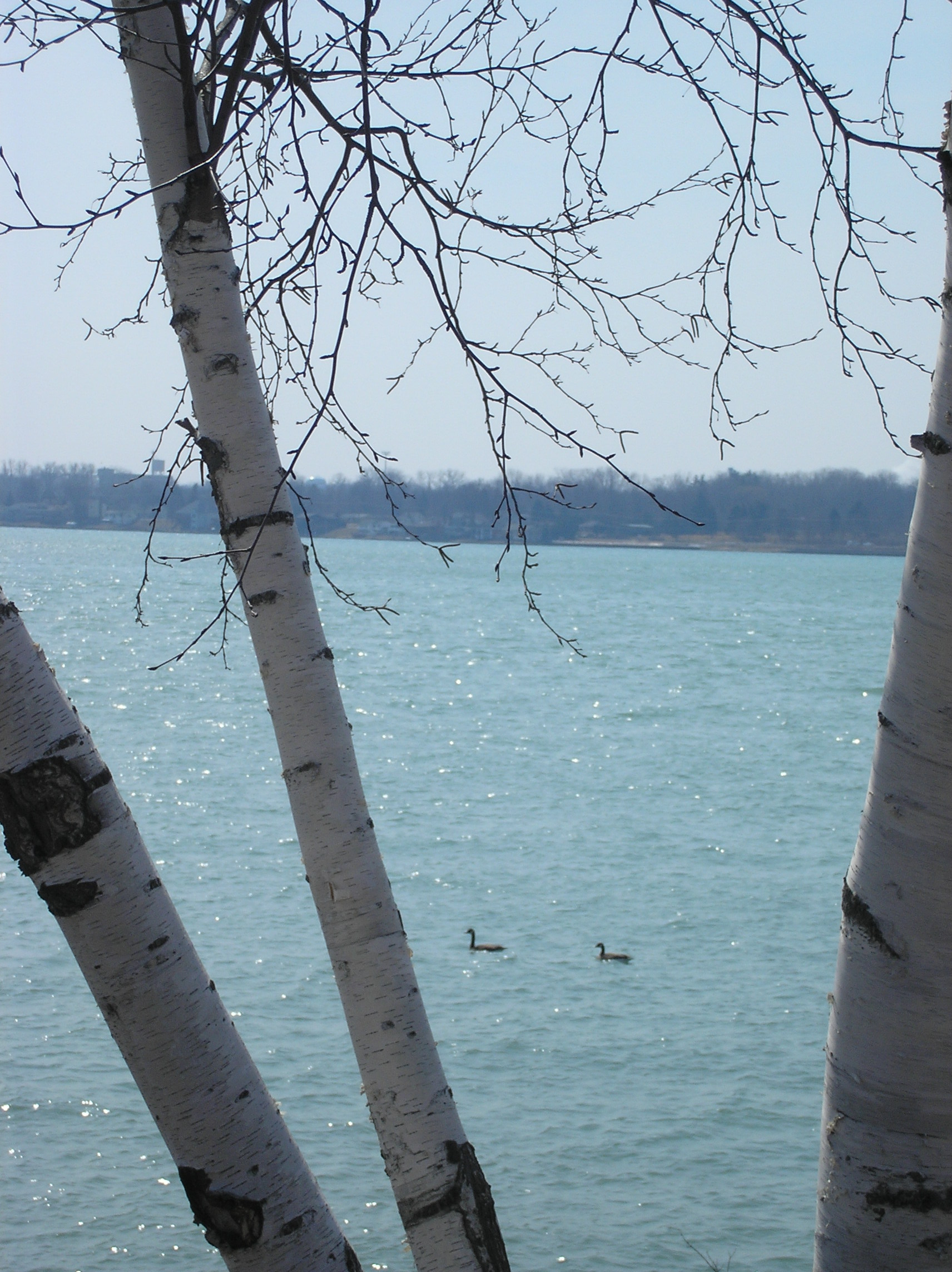


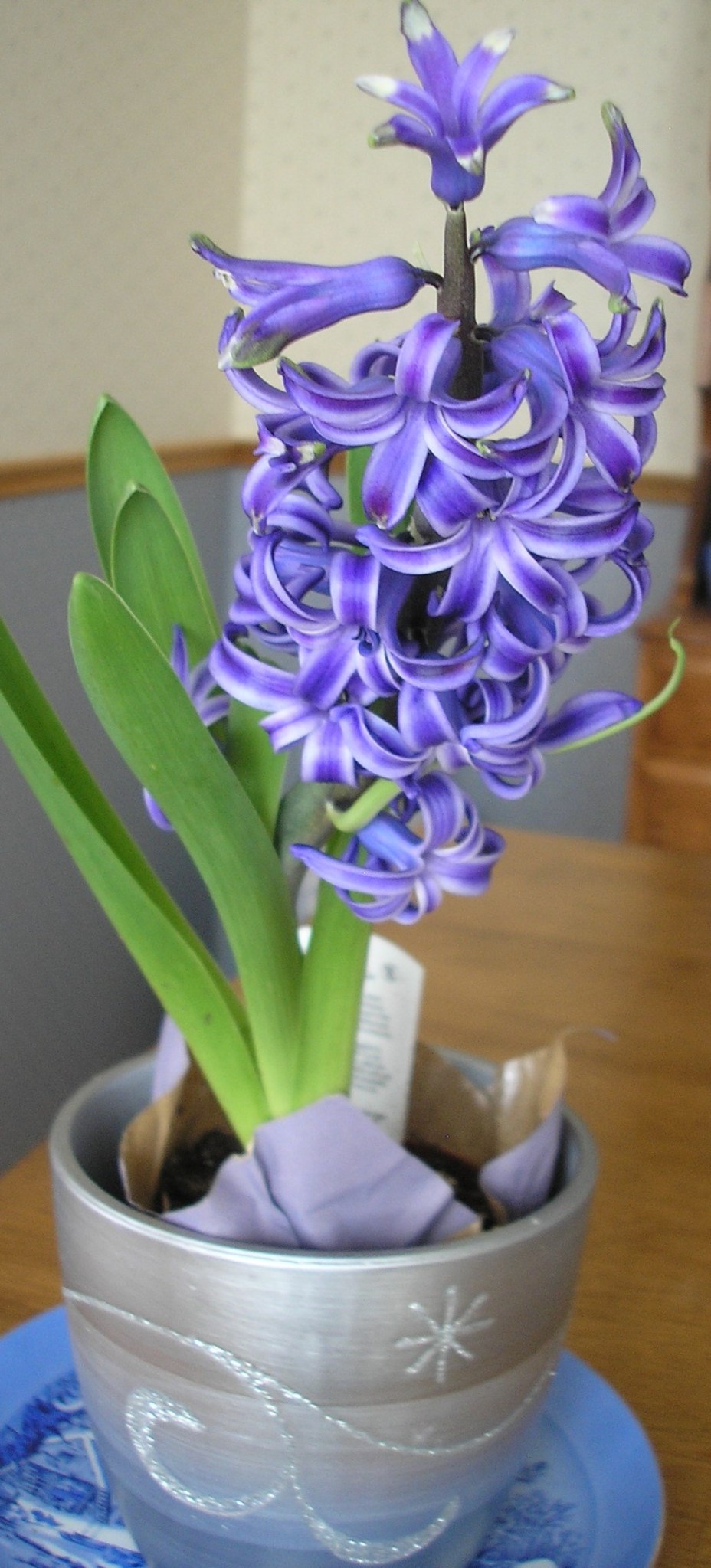
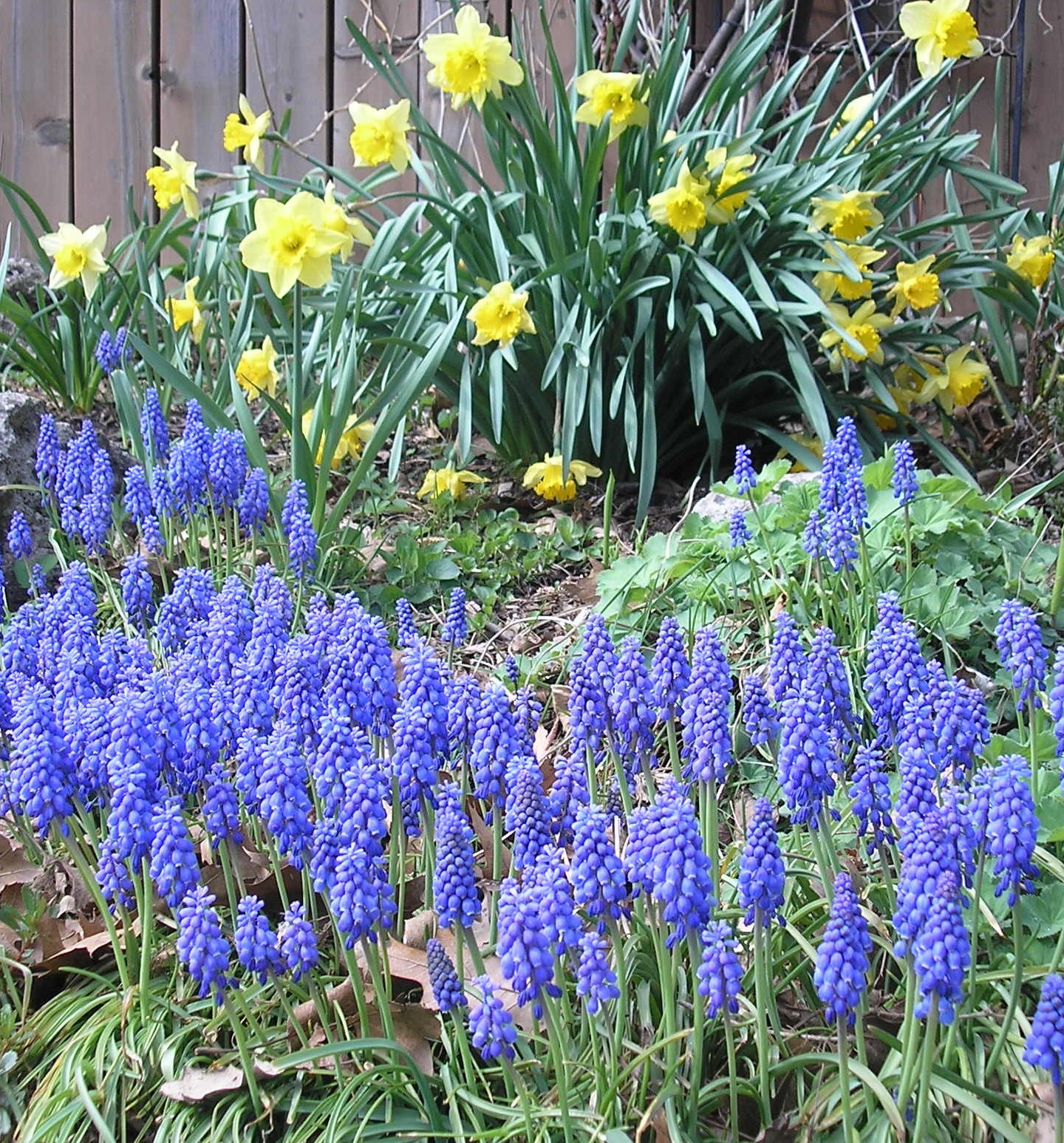

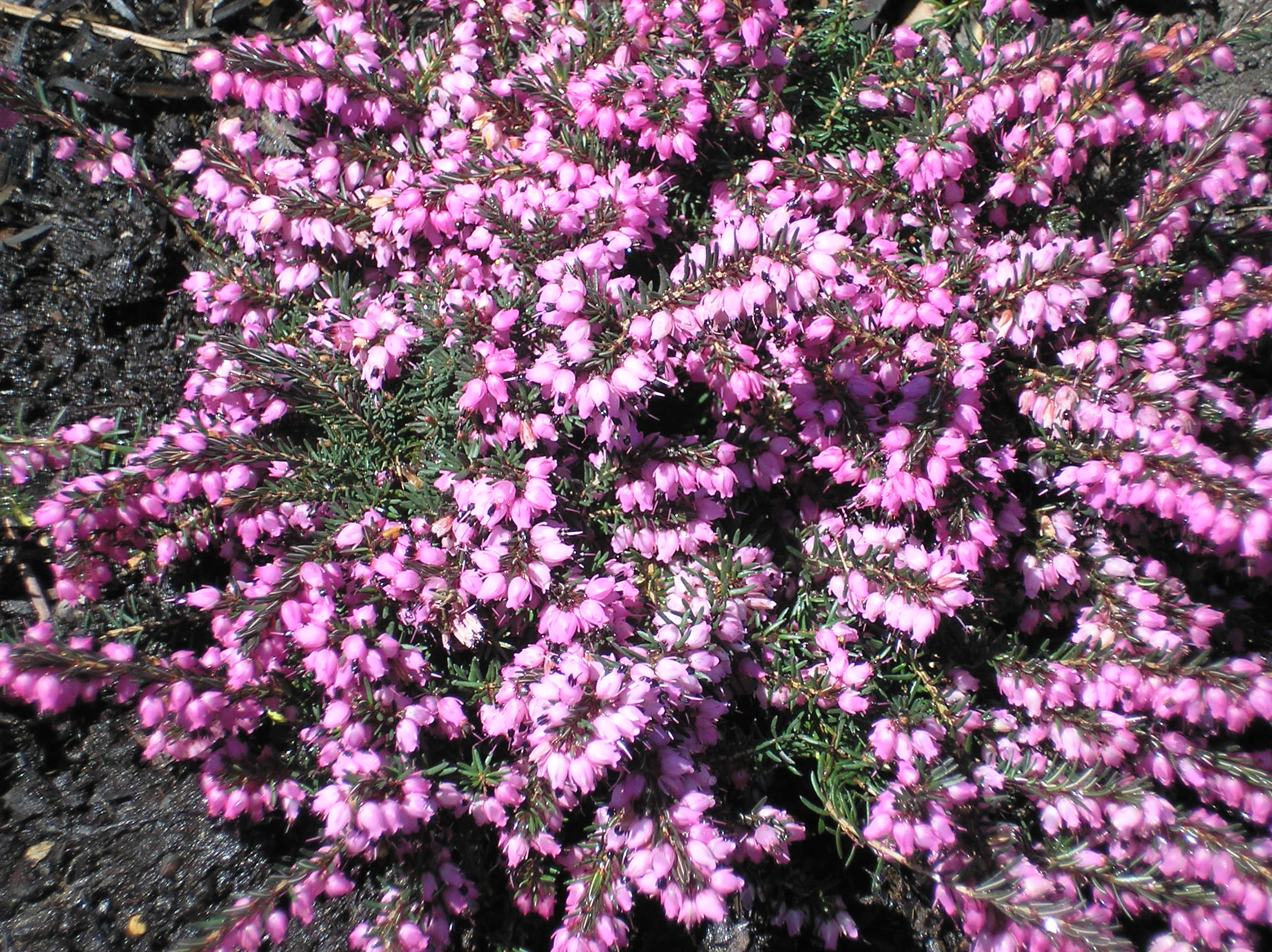 And here is a picture of him in September at his funeral.
And here is a picture of him in September at his funeral. 